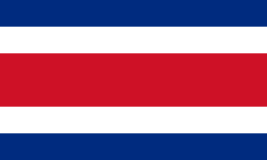
Visa and entry requirements Costa Rica:
Passport required
No visa is required
Information from the Foreign Office about your trip to Costa Rica:
https://www.auswaertiges-amt.de/de/costaricasicherheit/224816
Costa Rica is a country in Central America with around five million inhabitants. The country borders Nicaragua to the north, Panama to the south, the Caribbean Sea to the east and the Pacific Ocean to the west. Costa Rica is one of the most advanced countries in Latin America. Because of its neutrality, the country is also known as the “Switzerland of Central America”.
The country's official language is Spanish. The national currency used is the Costa Rica colon, where 1 euro corresponds to around 640 CRC.
The population of Costa Rica are colloquially called Ticos or Ticas and consist of 95% mixed races. The majority of the residents follow the Christian faith.
The largest cities in Costa Rica include San Jose, Heredia, San Francisco, Cartago, Alajuela, Liberia, Puntarenas, Paraiso and Puerto Limon.
The territory of Costa Rica is divided into five topographic zones, such as the dry Guanacaste Peninsula in the northwest, the fertile Pacific coast, the flat plains of the Caribbean coast, the central highlands with the capital San Jose and the volcanic mountain ranges of the Cordilleras. There are a number of active volcanoes in the Cordilleras, such as Turrialba, although some are already extinct.
The highest peak in the country is the “Chirripo Grande” mountain at 3,820 meters.
Costa Rica has a total of 28 national parks and almost 30% of the country's area is protected. To preserve the tropical rainforest, the state successfully relies on ecotourism. Around two million tourists visit the rainforests every year and therefore spend a lot of money on their protection.
Costa Rica is therefore a great ecological role model for the world and generates 100% of its own electricity needs through renewable energies, unique on this earth.
Costa Rica's economy is based primarily on agriculture, international tourism and industry, with the high-tech sector in the form of a large chip factory.
Agriculture is still strong in Costa Rica thanks to banana cultivation. The country is now the second largest banana exporter in the world. The well-known companies Chiquita, Del Monte and Dole also made the state the world's leading exporter of pineapples. Other notable agricultural export goods include coffee, papaya, sugar cane, melons and nuts.
However, tourism is now the most important source of foreign currency for the Central American state, with over three million tourists every year. The country's most important sights include the bubbling volcanoes El Arenal and Irazu, the white sandy beaches on Drake Bay, several huge waterfalls, the exotic flora and fauna in Cahuita National Park, the Monteverde cloud forest, turtle watching in Tortuguero and the colonial city of San Jose.
The capital of Costa Rica is San Jose with around 400,000 inhabitants in the urban area and almost two million in the metropolitan area. The city lies in an inland plateau, at 1,170 meters above sea level.
The main attractions of San Jose include the National Theater, the Central Market, the National Library, the National Monument of Costa Rica, the Square of Culture, the old Atlantic train station, the National Museum of Costa Rica, the Central Bank, the Jade Museum, the Court of Justice, the Catholic Church of Mercy, Central Park, Arts Square, Juan Mora Fernandez Square, Chinatown, Red Brick Church, Art Museum and San Agustin Church.
In June 2014 I traveled to Costa Rica for the only time so far. I crossed the country completely by bus, coming from northern Nicaragua. After several shorter stops beforehand, I then had a longer three-day stay in the capital San Jose.
I stayed overnight in the capital in a comfortable middle-class hotel, not far from the city center.
The city of San Jose has a unique atmosphere, is super pleasant and absolutely safe for tourists. Because the city center is relatively small, I decided to walk most of the city on both days. The long city tour became a real experience because there was something interesting happening on almost every corner.
On the second evening I took a long taxi ride to the airport, or rather to the “Hard Rock Cafe”. If I had known beforehand that the route there was quite long and relatively difficult, I probably would have avoided this.
After two really great days in San Jose, I continued my journey through Costa Rica the next morning. The exciting bus ride through the middle of the tropical rainforest and along the long, hilly Caribbean coast was a real highlight. The trip took me through the Tortuguero National Park and past the beautiful beaches, Manzanillo, Cocles and Chiquita, one of my most beautiful bus trips ever.
The next morning I finally left beautiful Costa Rica by bus towards Panama.
For me, Costa Rica is a fantastic travel destination, with consistently impressive nature, between the Caribbean and the Pacific.
One day I would like to come back, but then for a slightly longer stay.

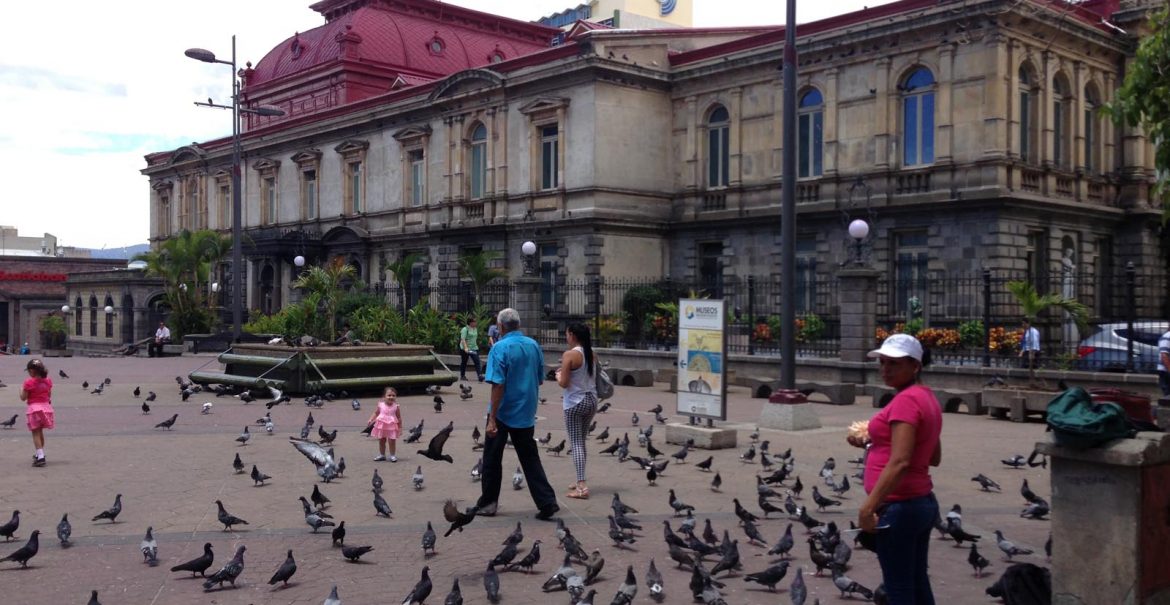
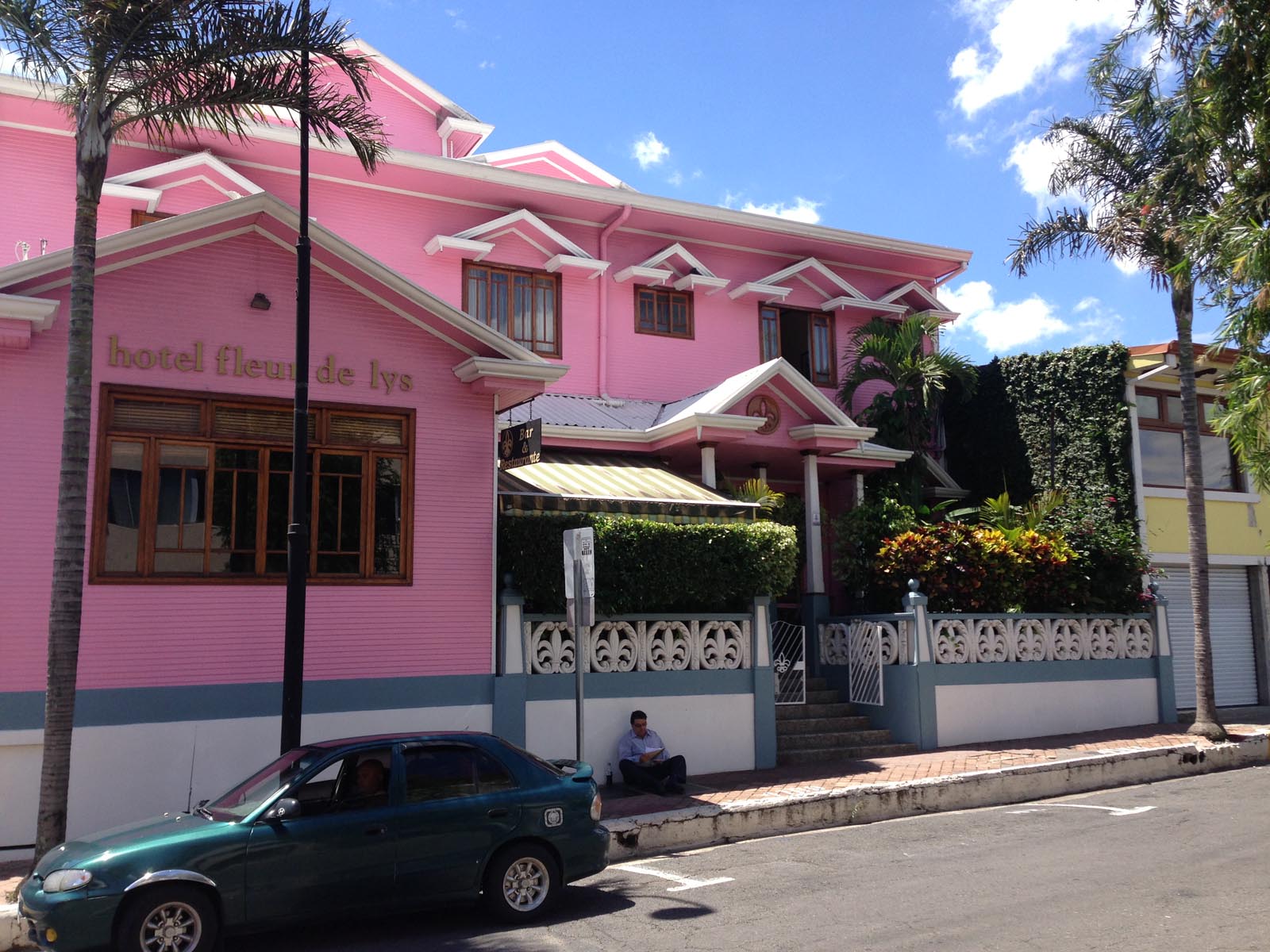
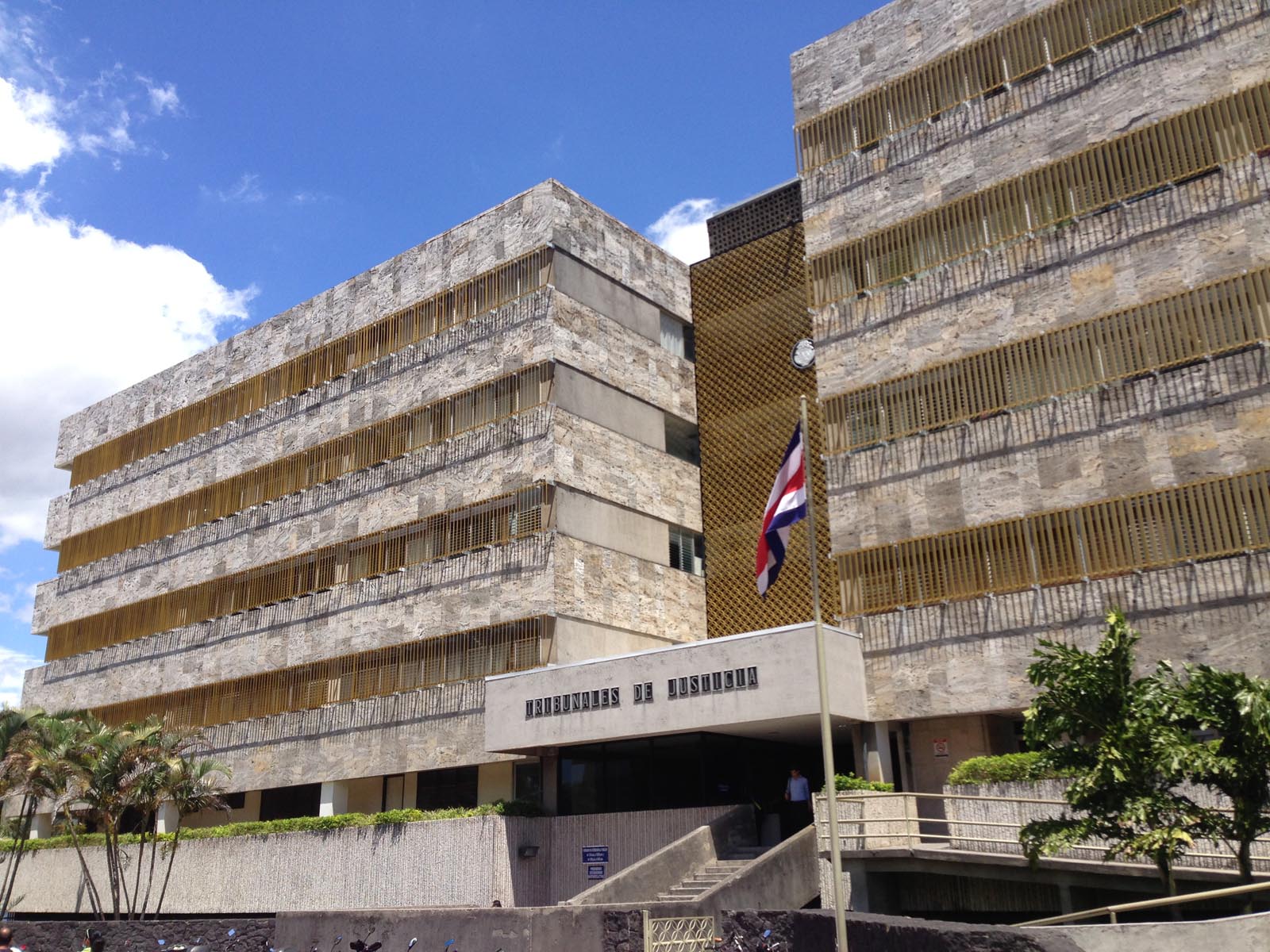
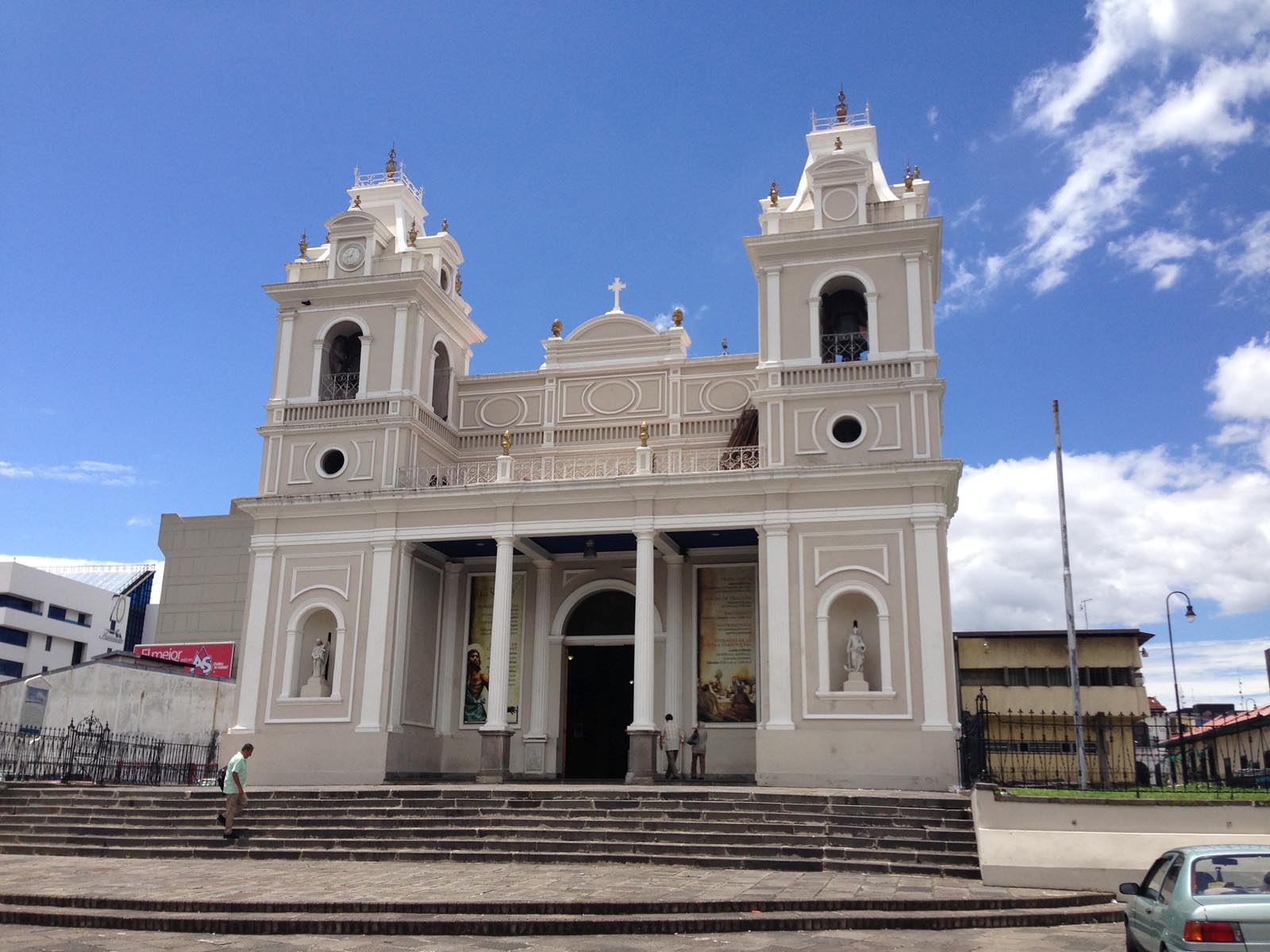
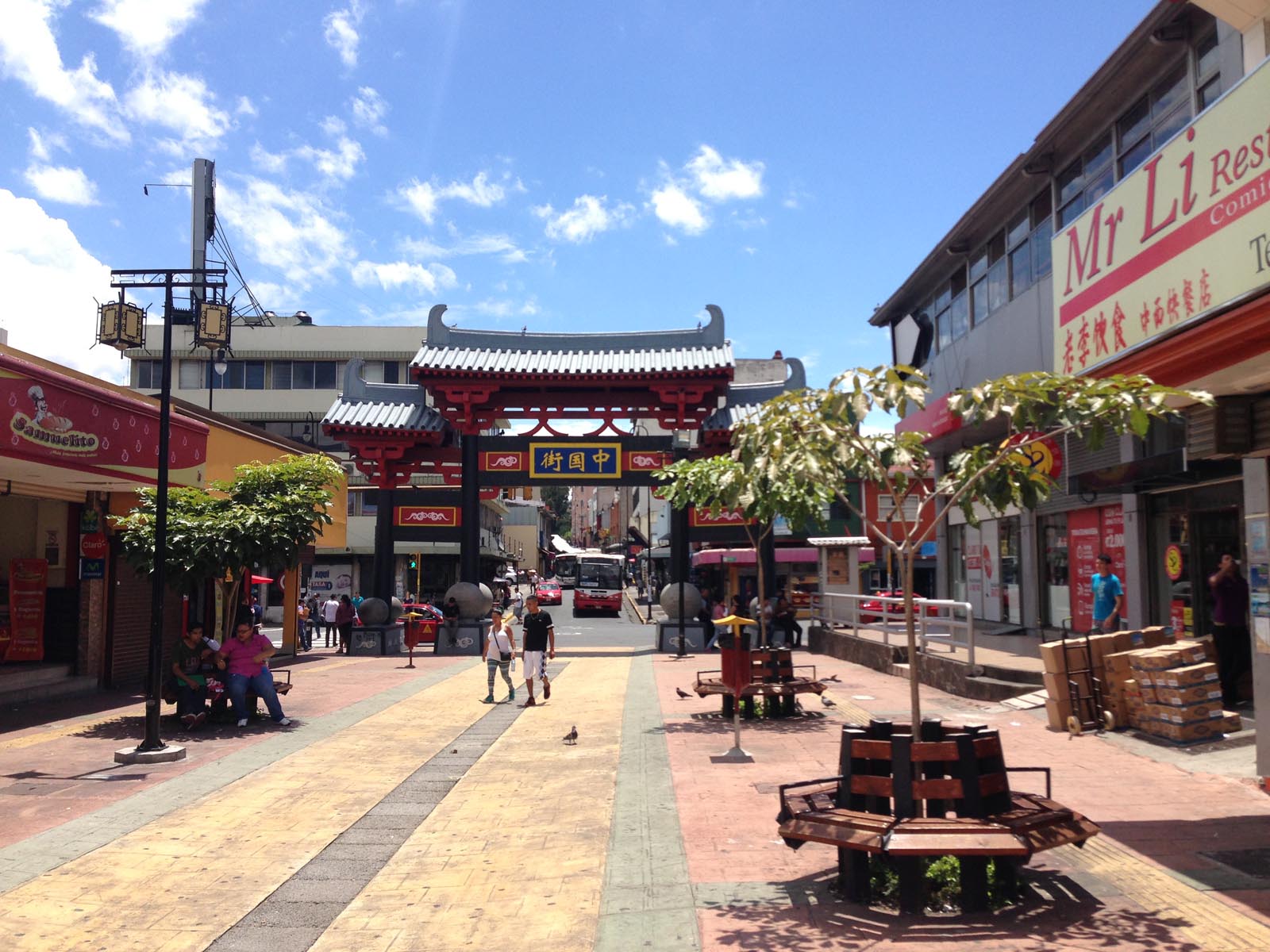
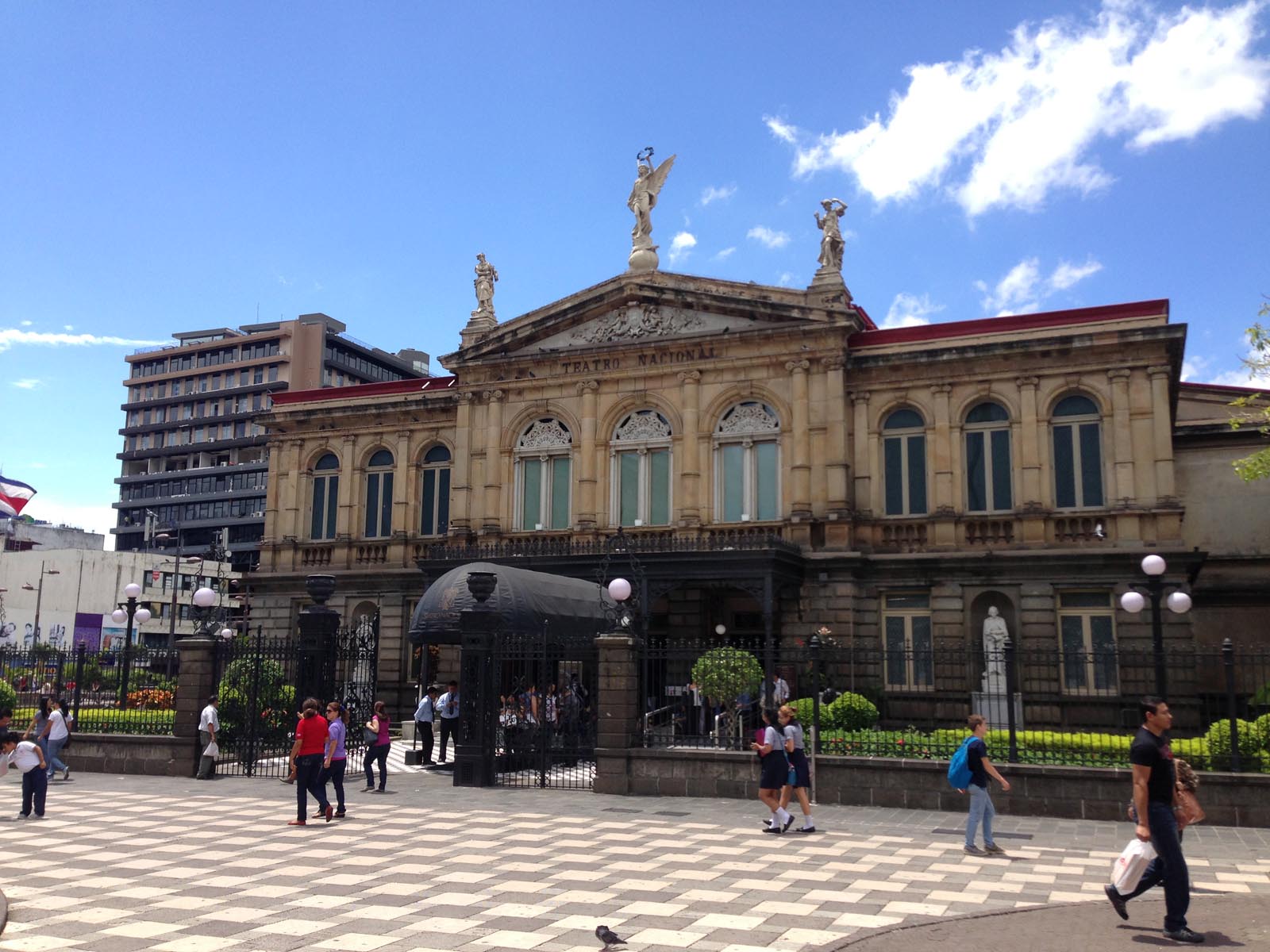
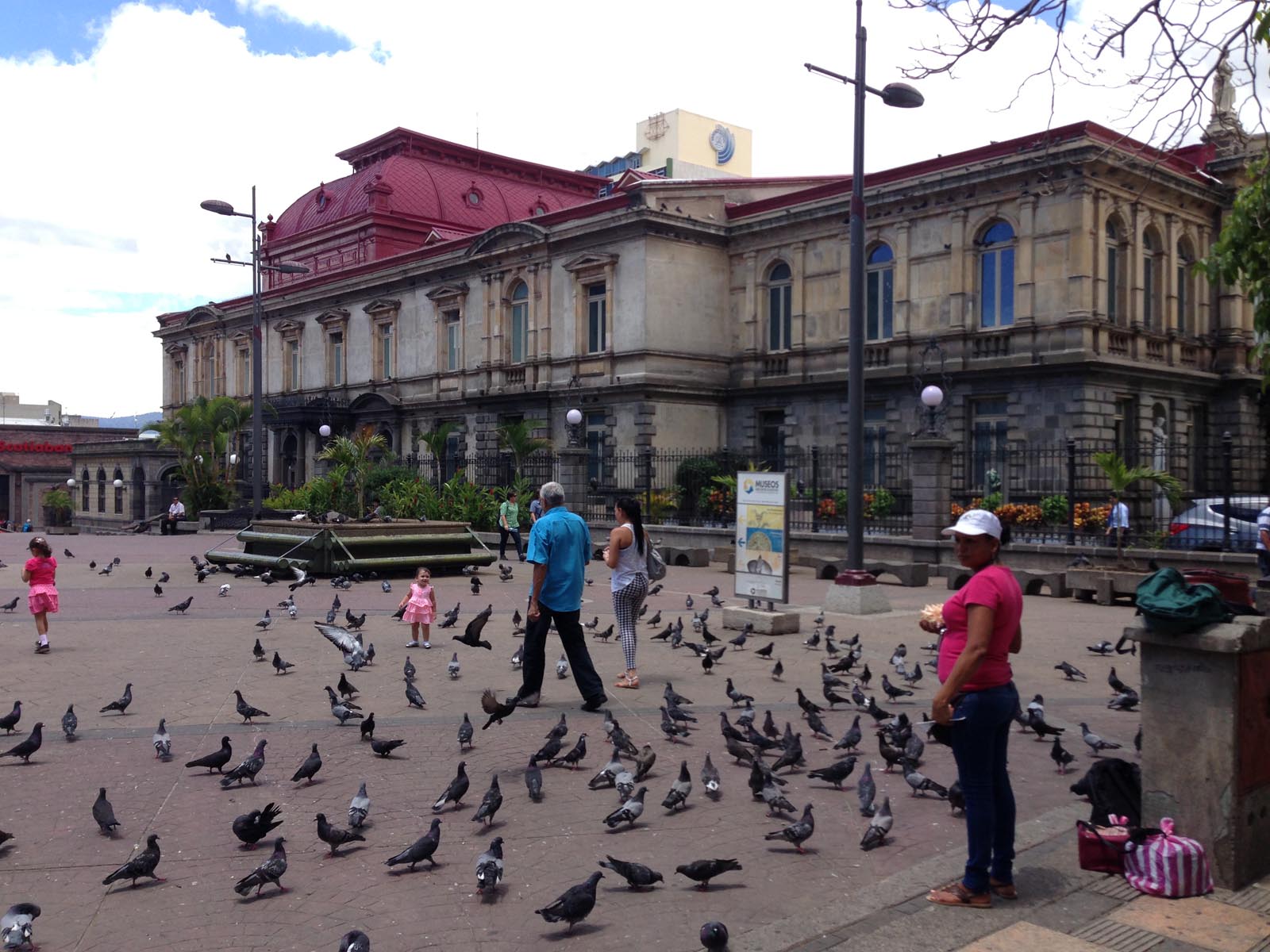
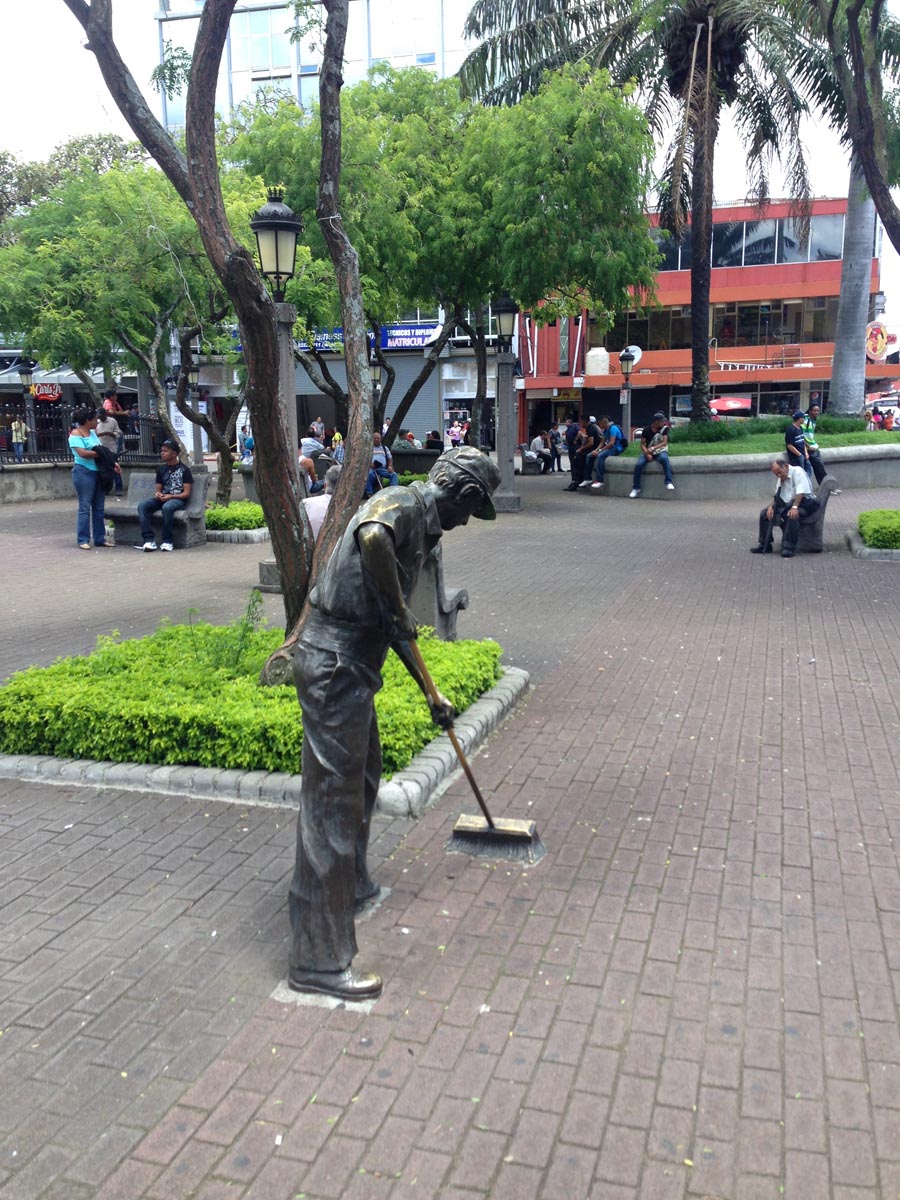
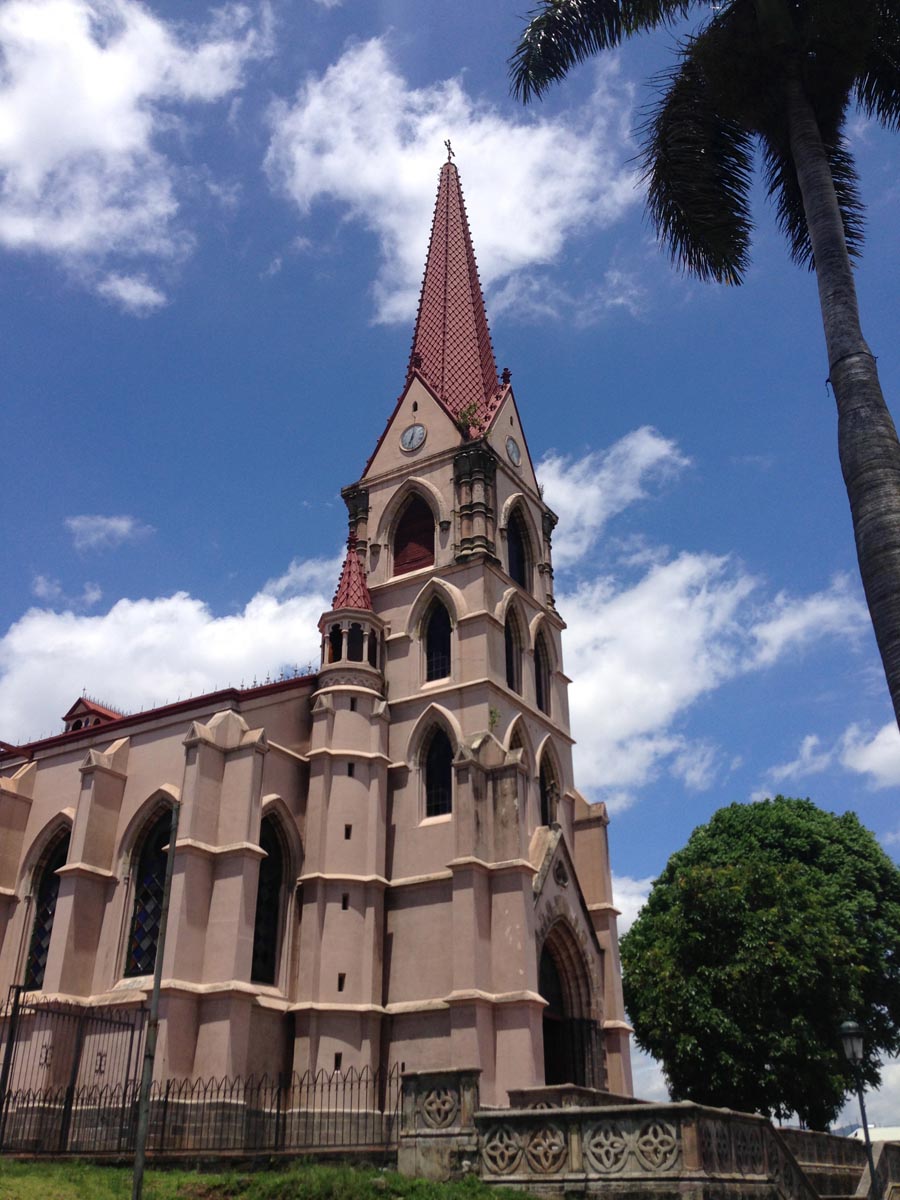
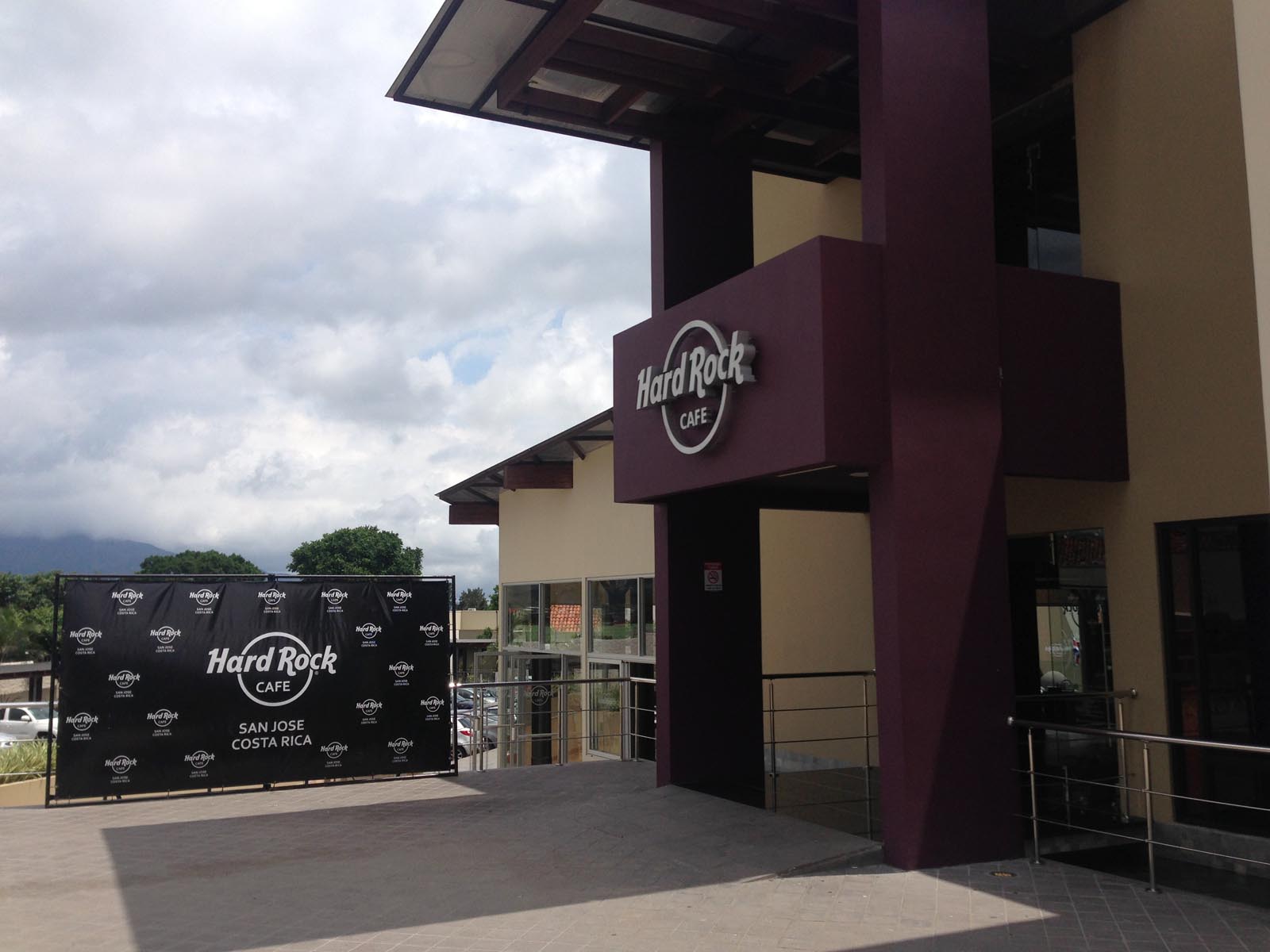
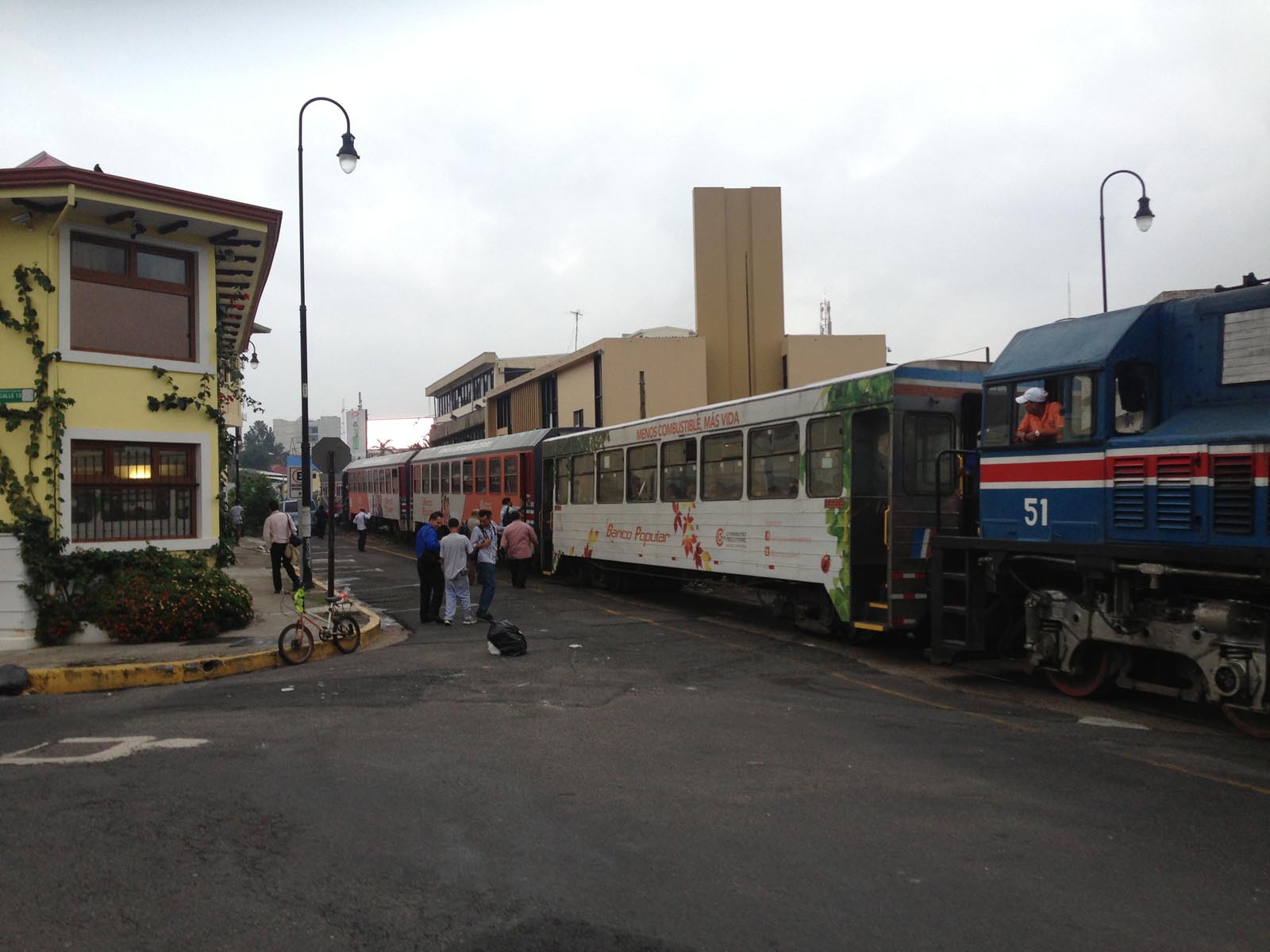
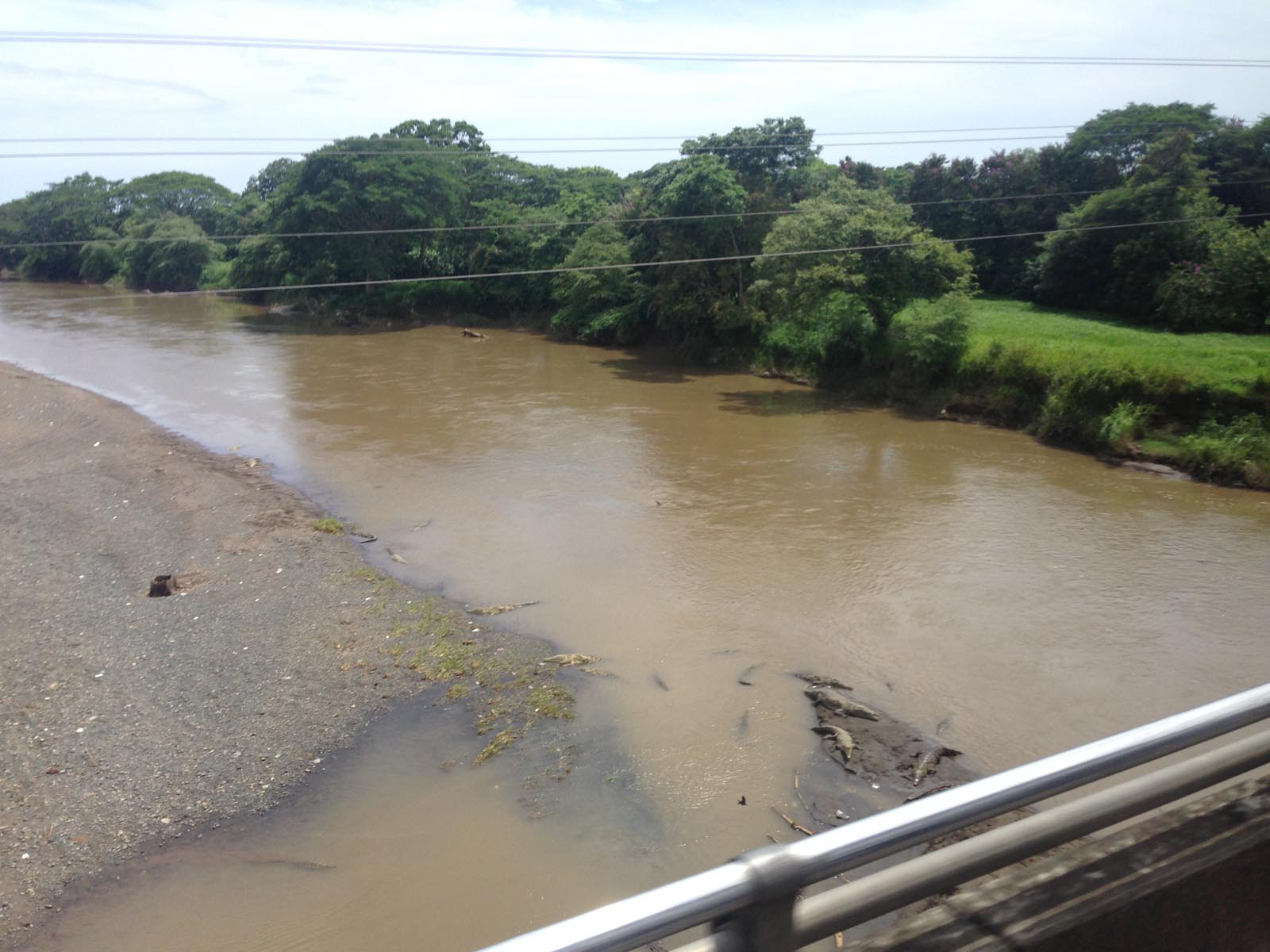

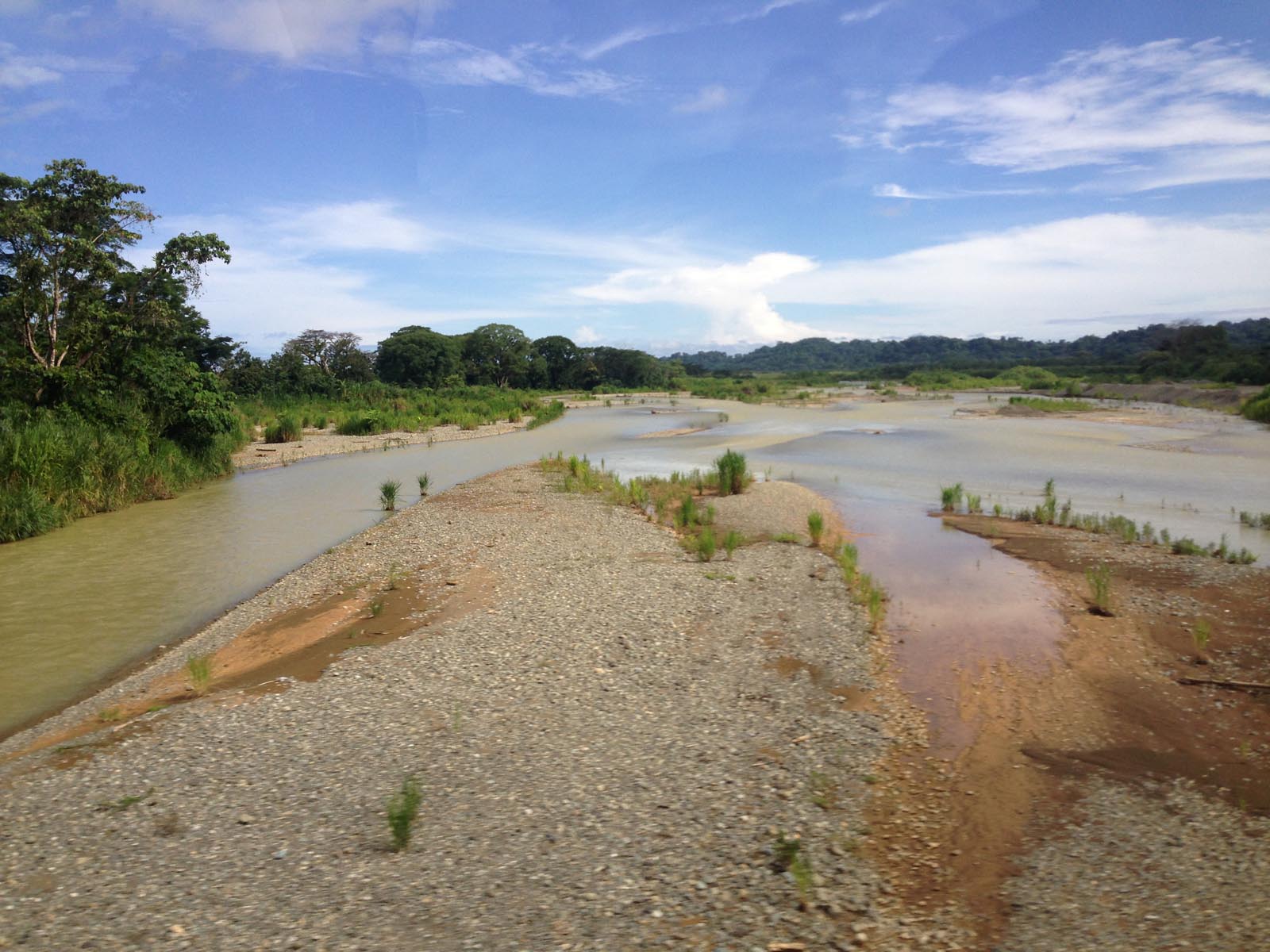
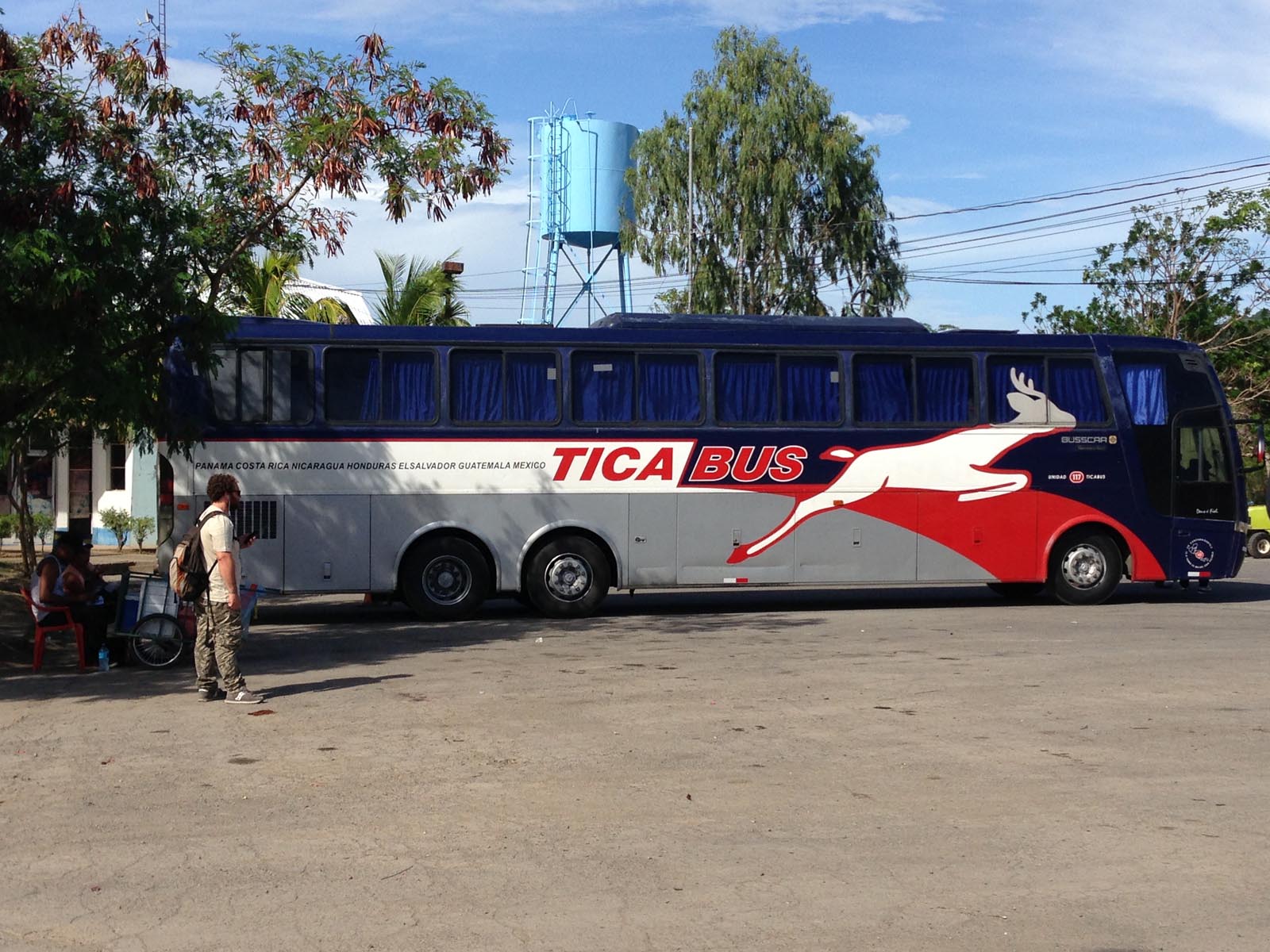

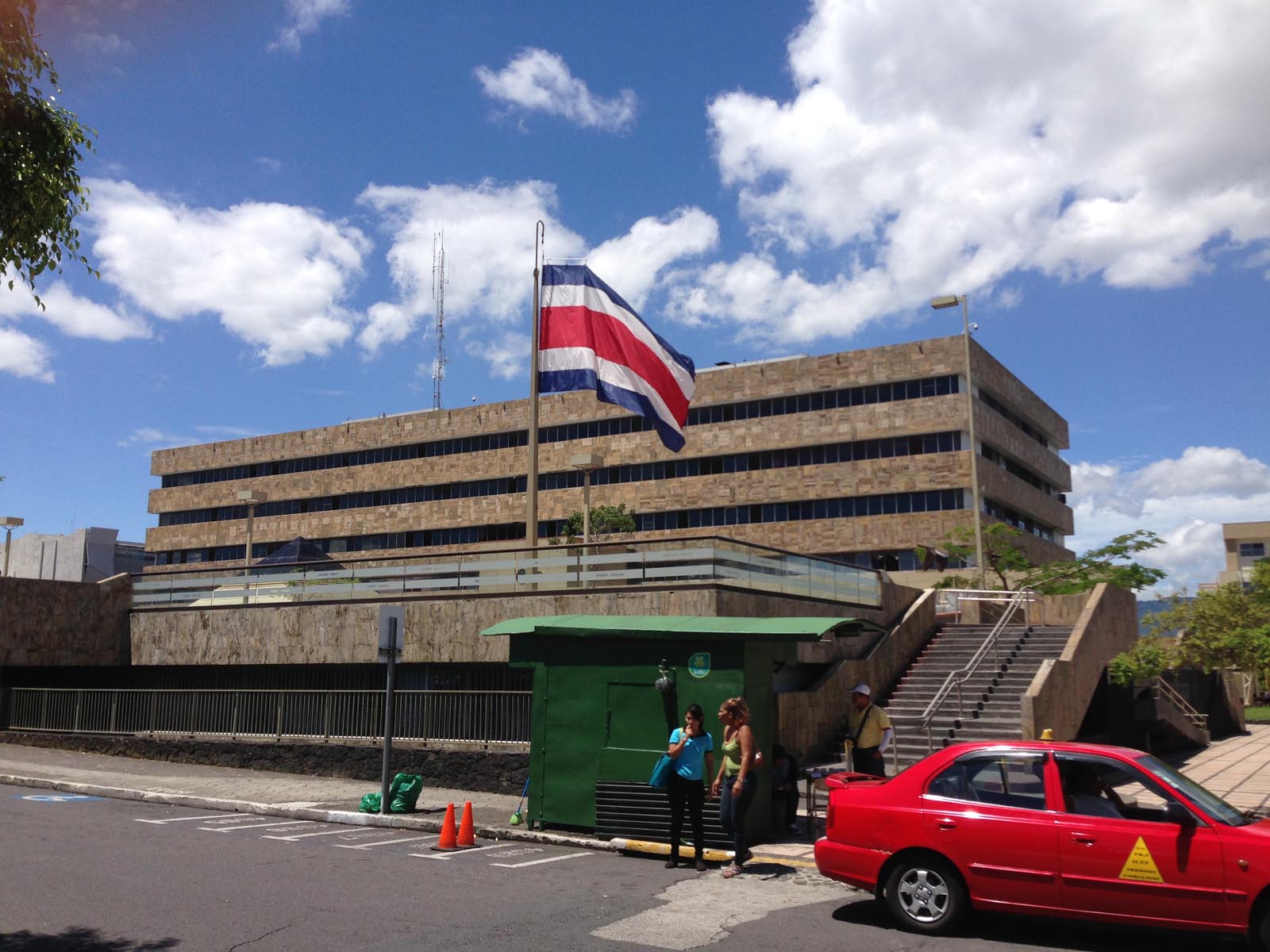

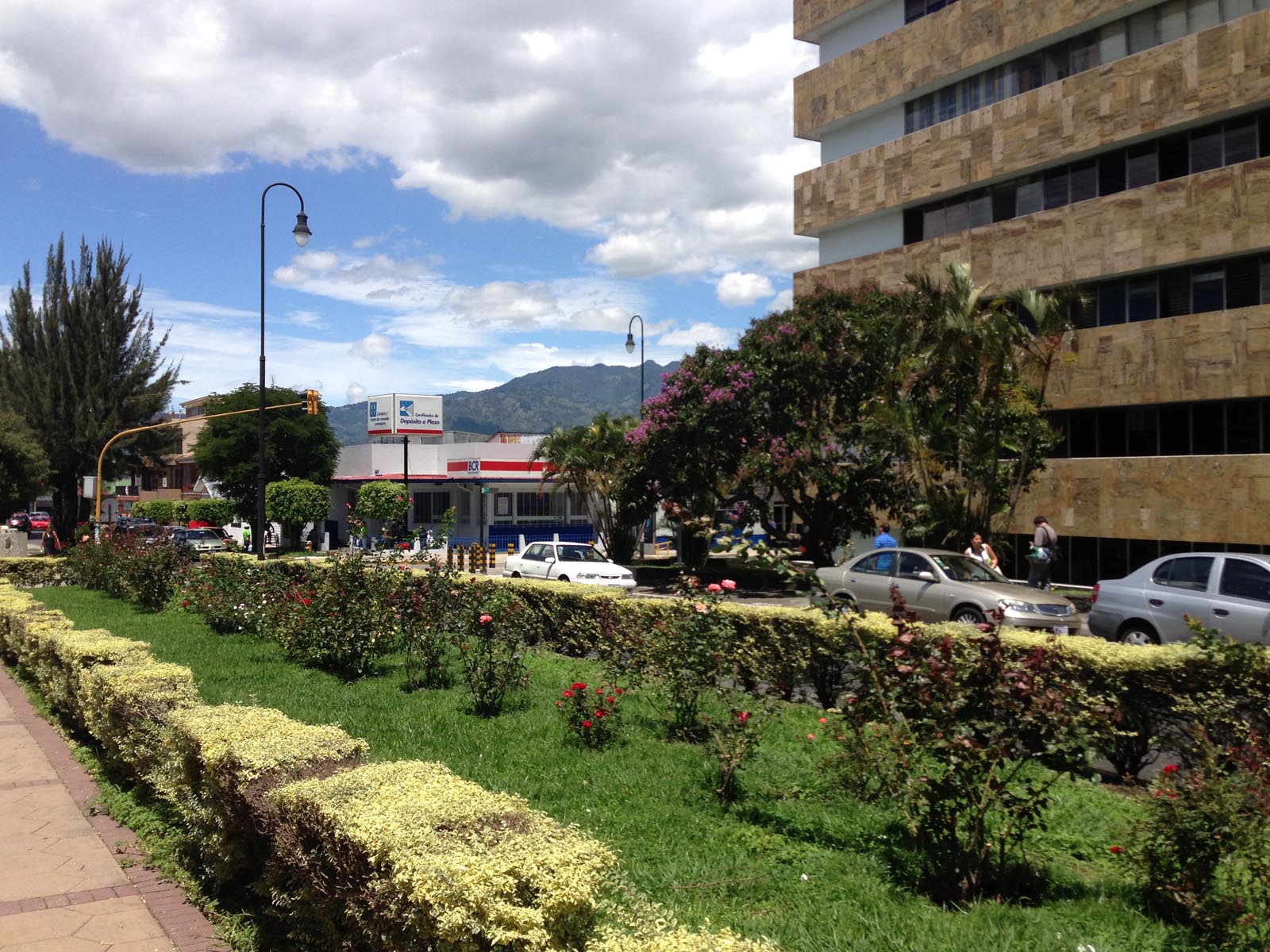
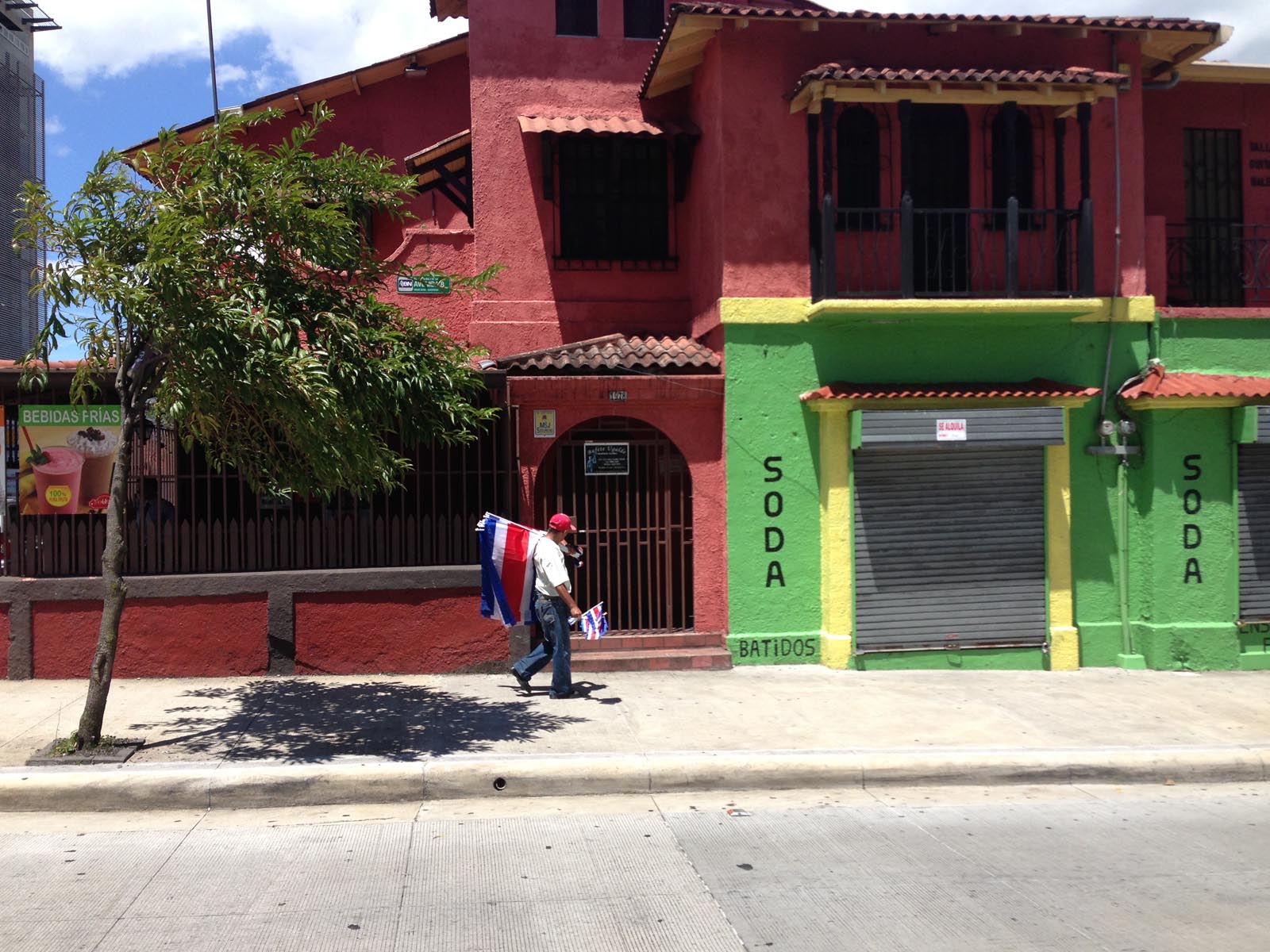
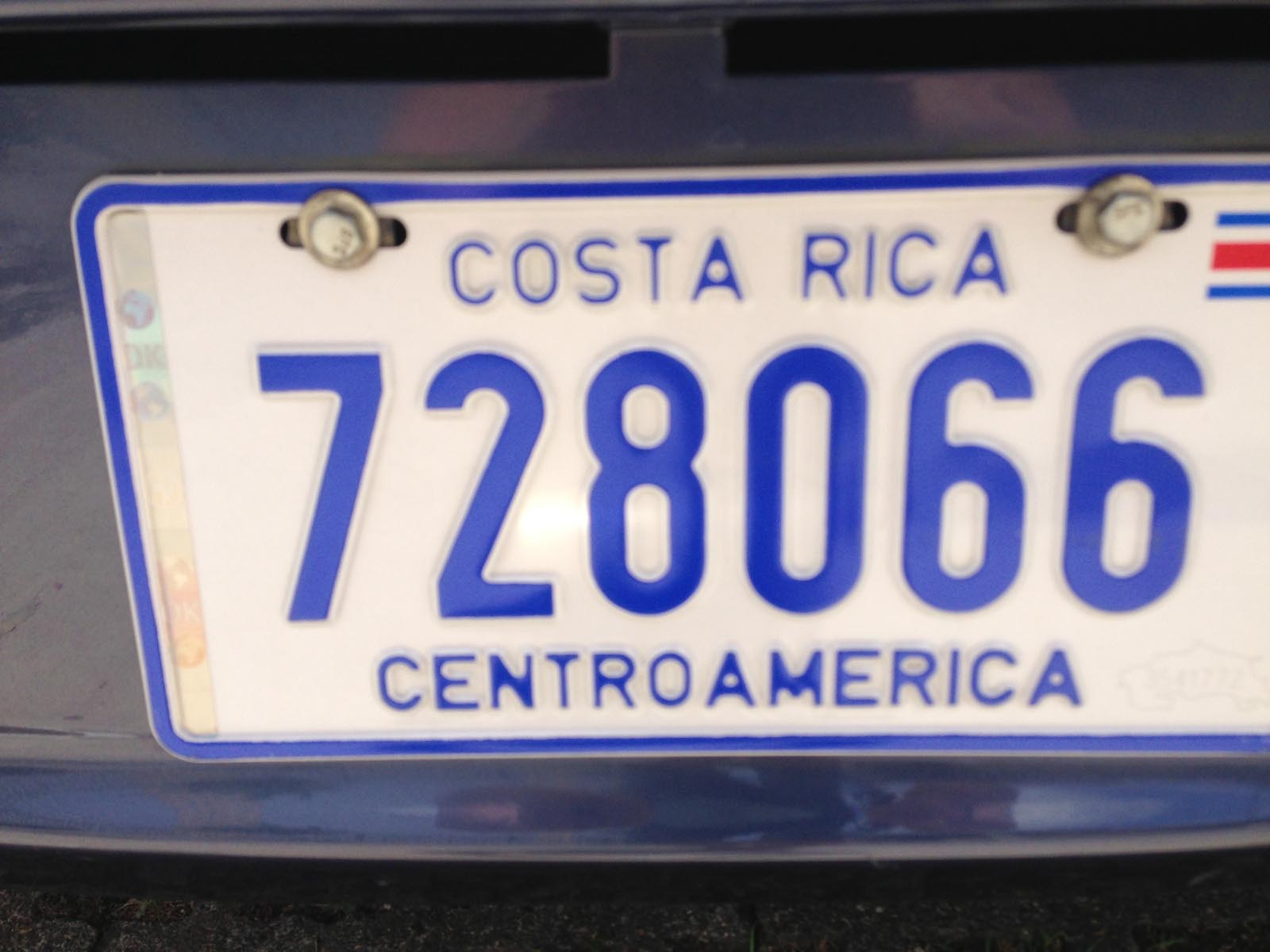
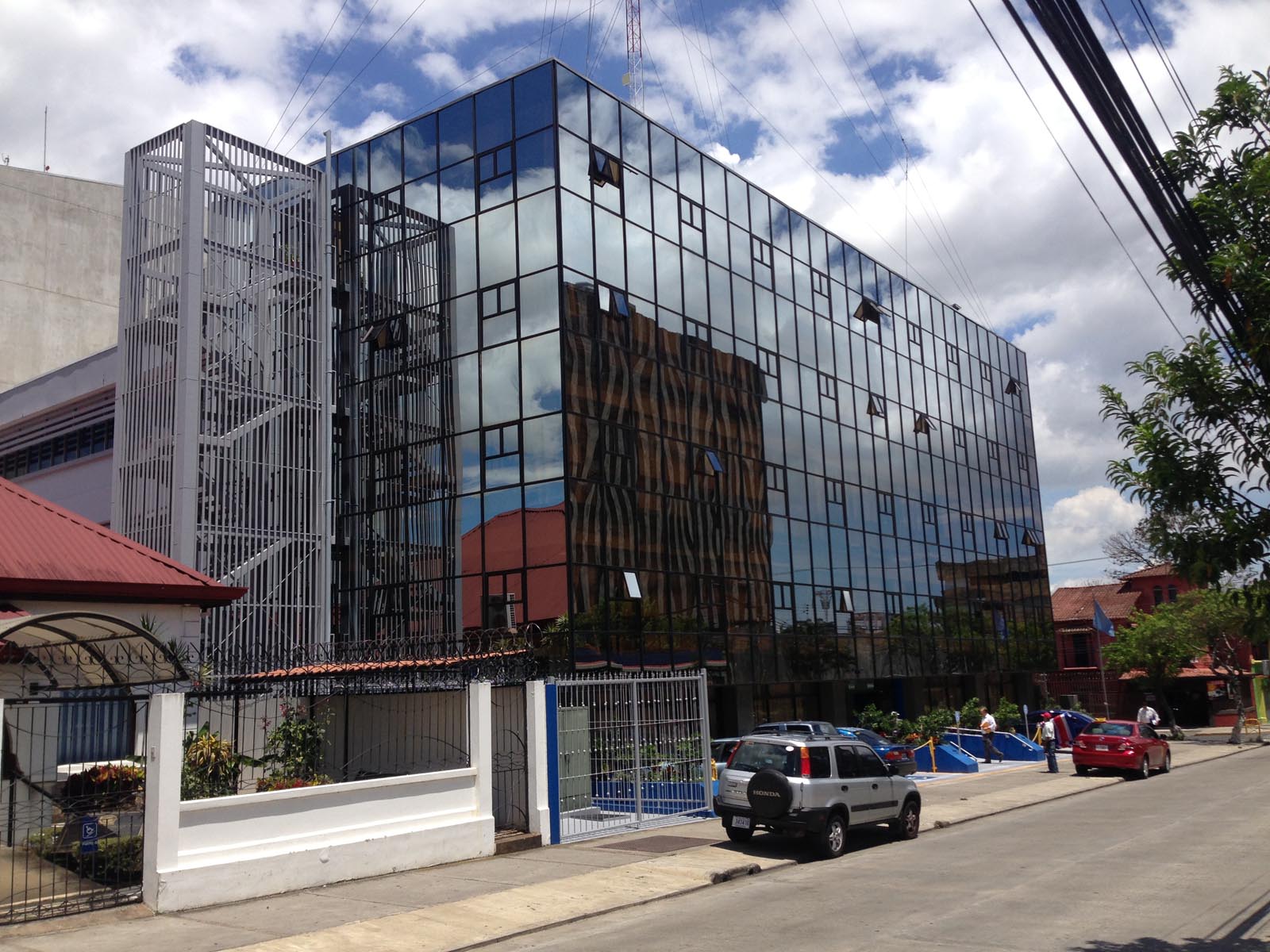
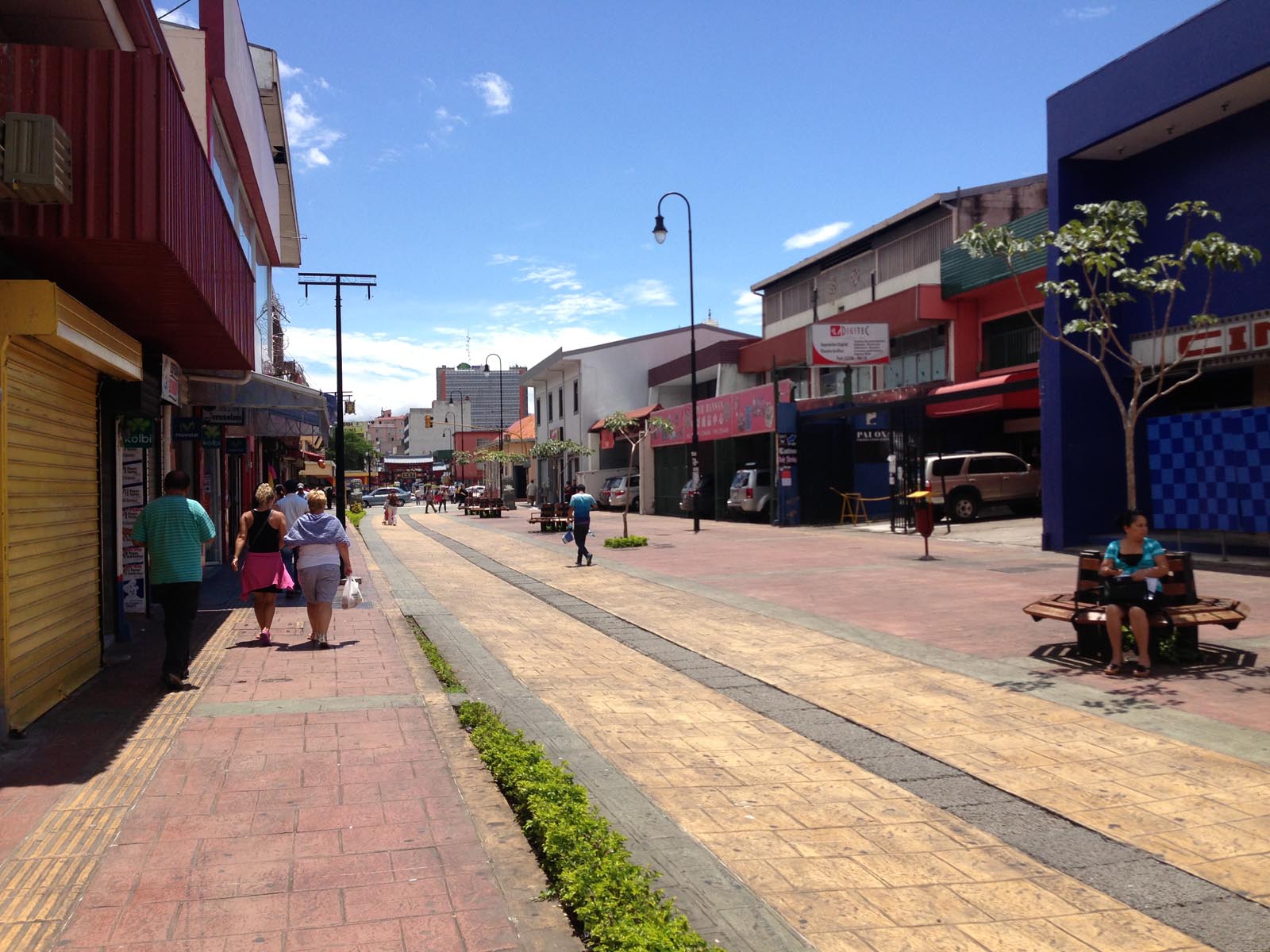
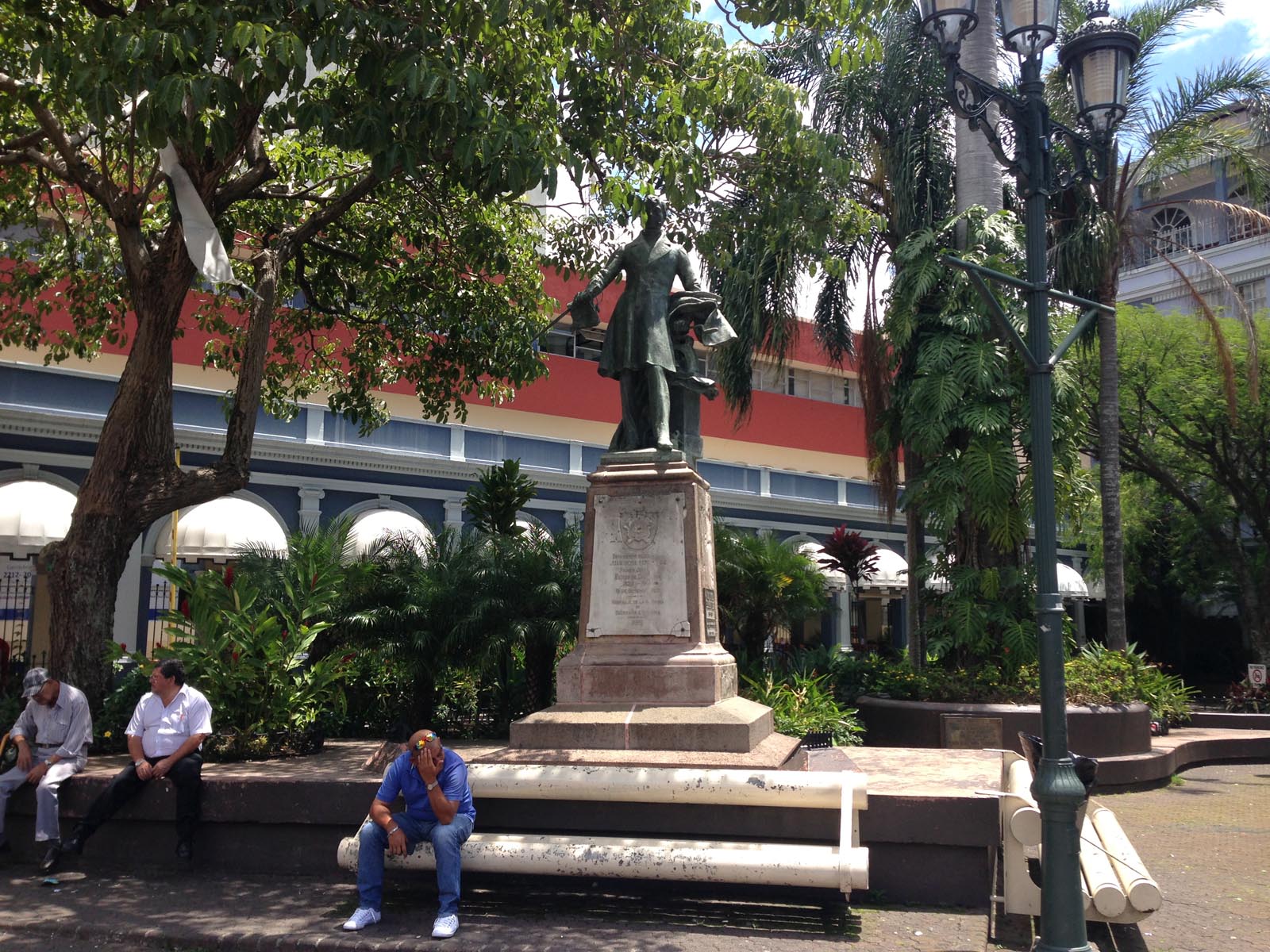
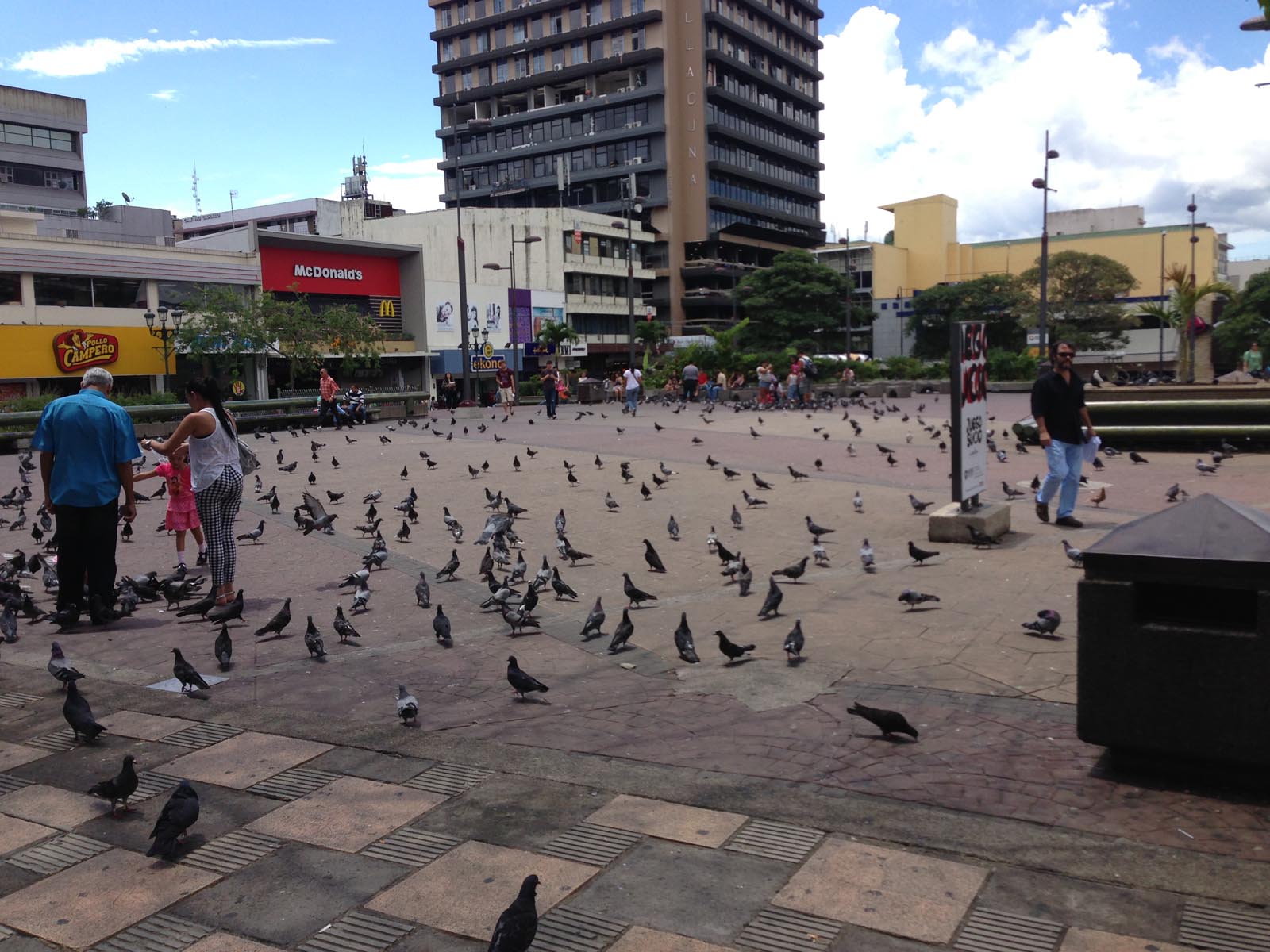
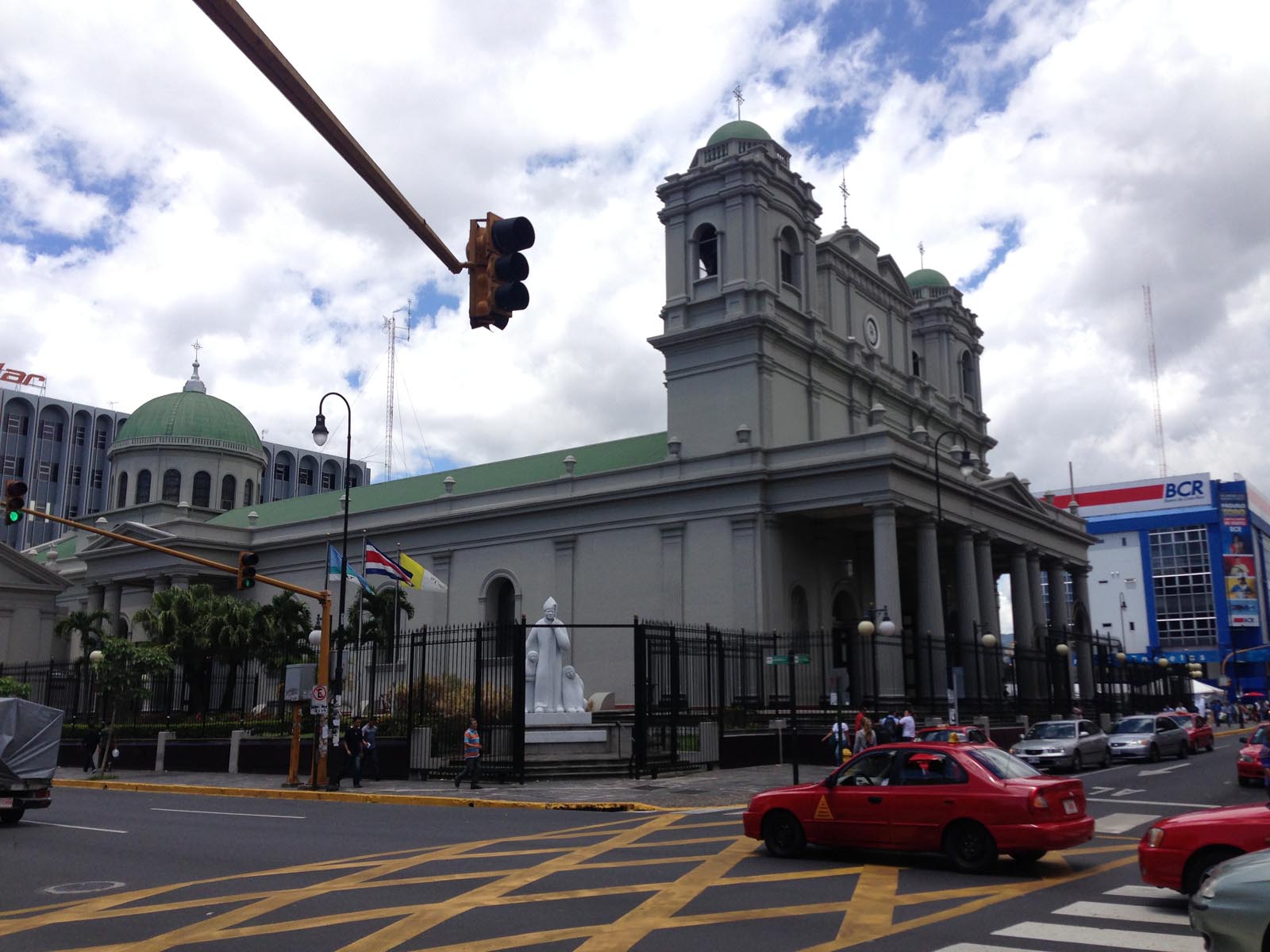
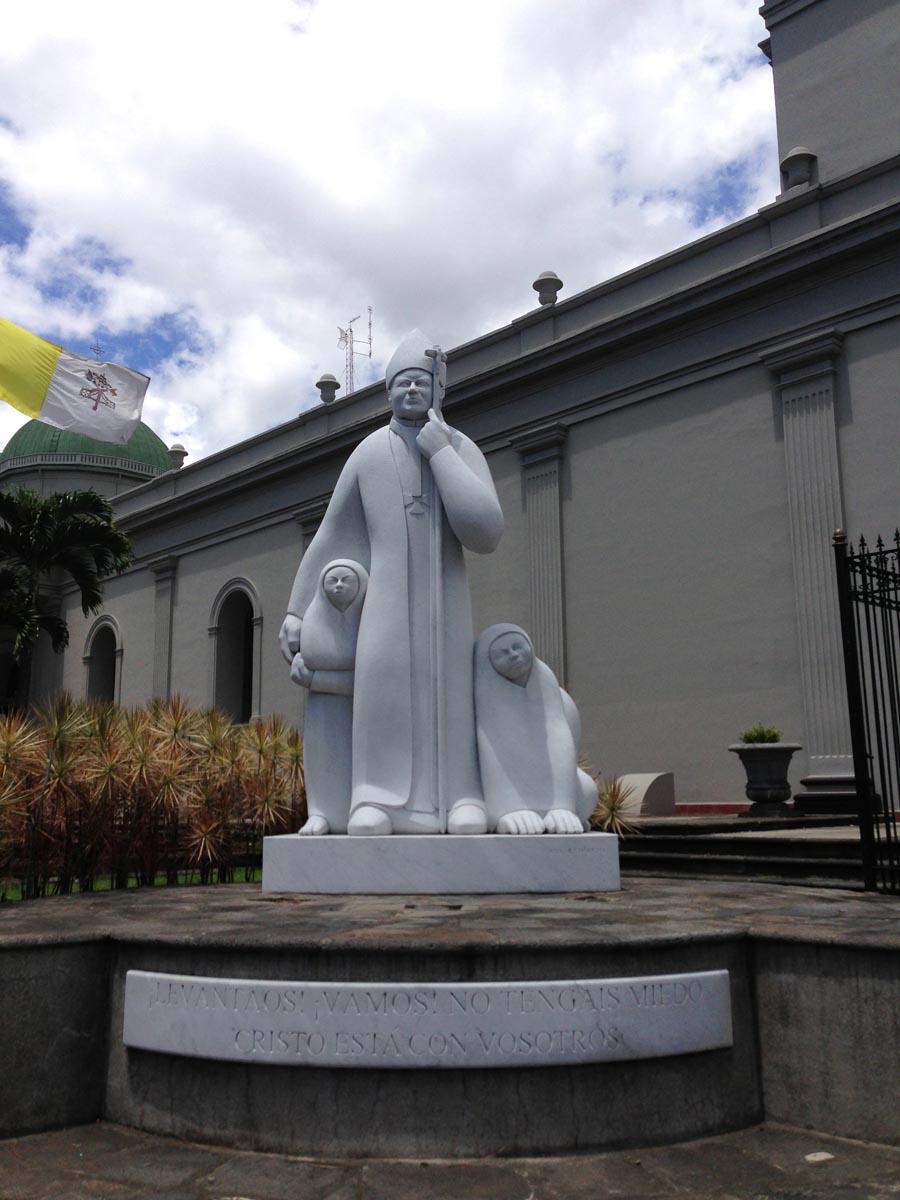
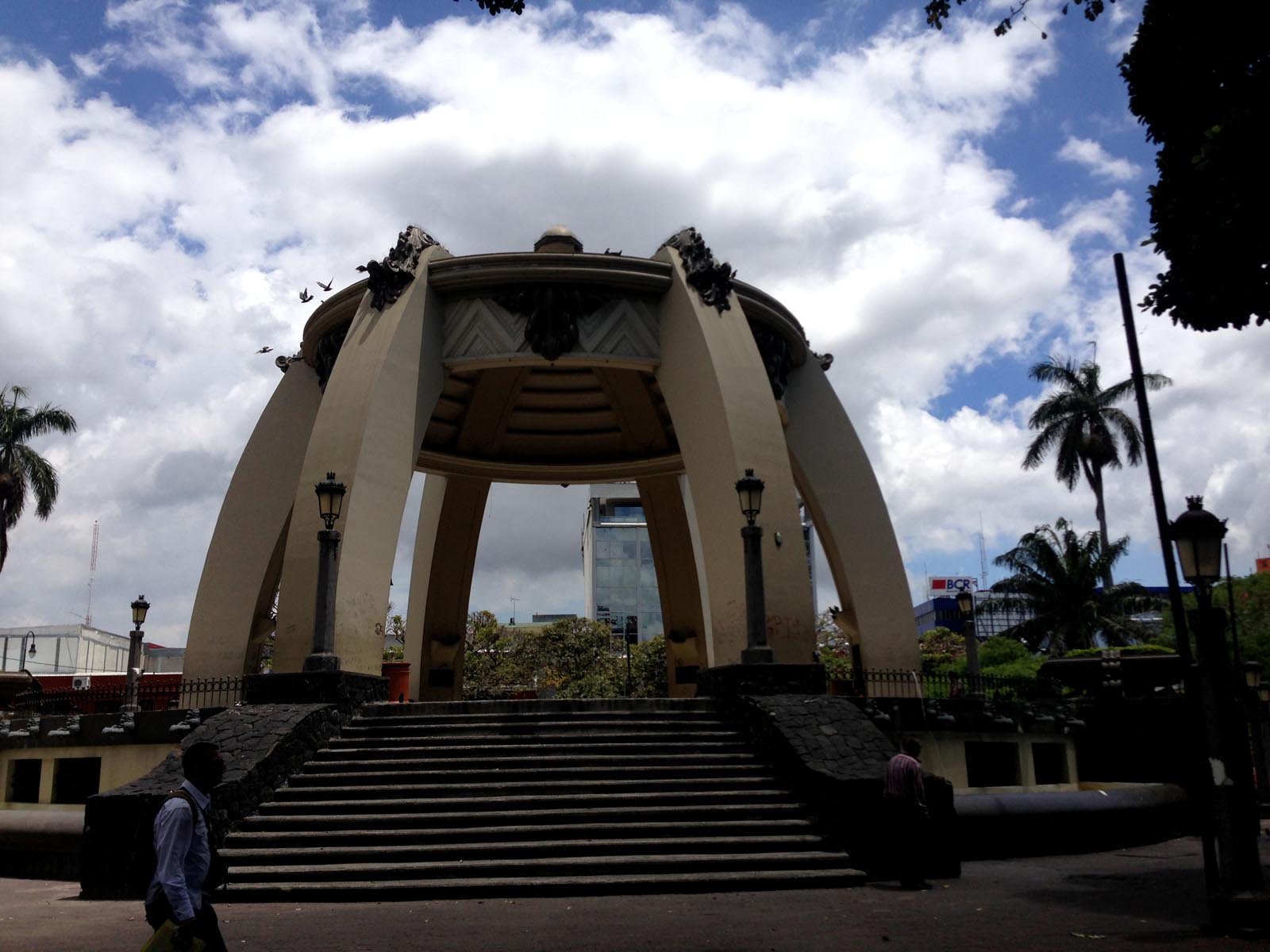
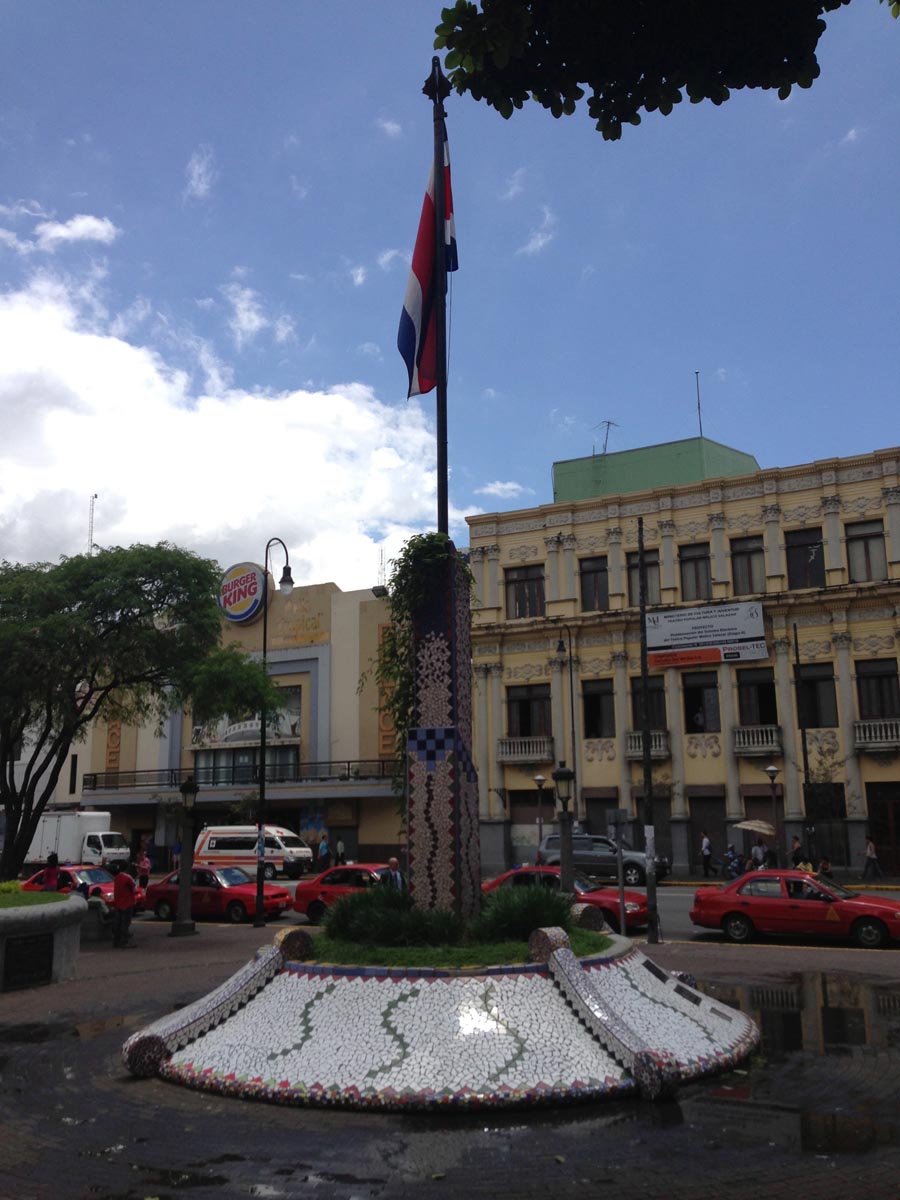
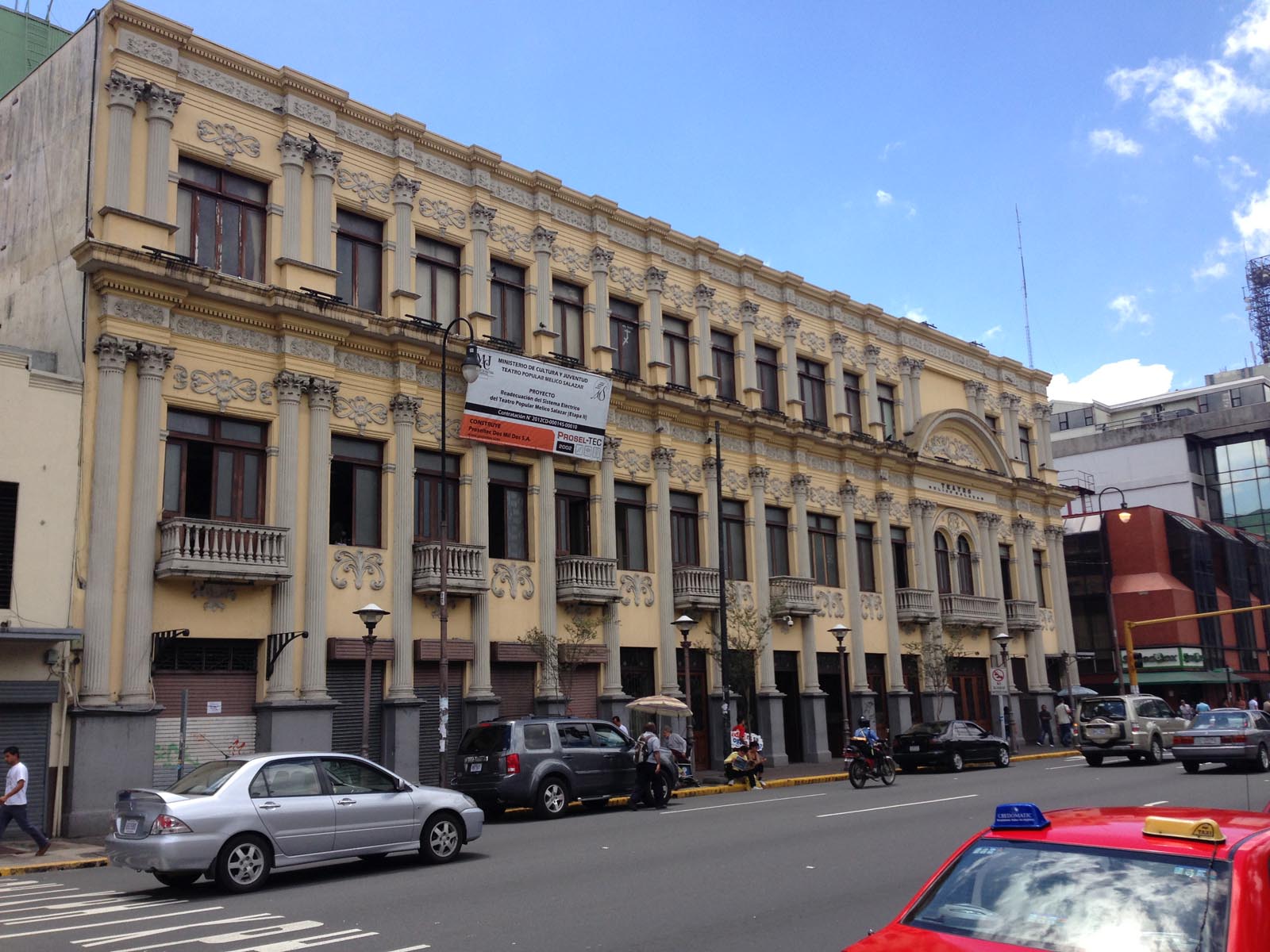
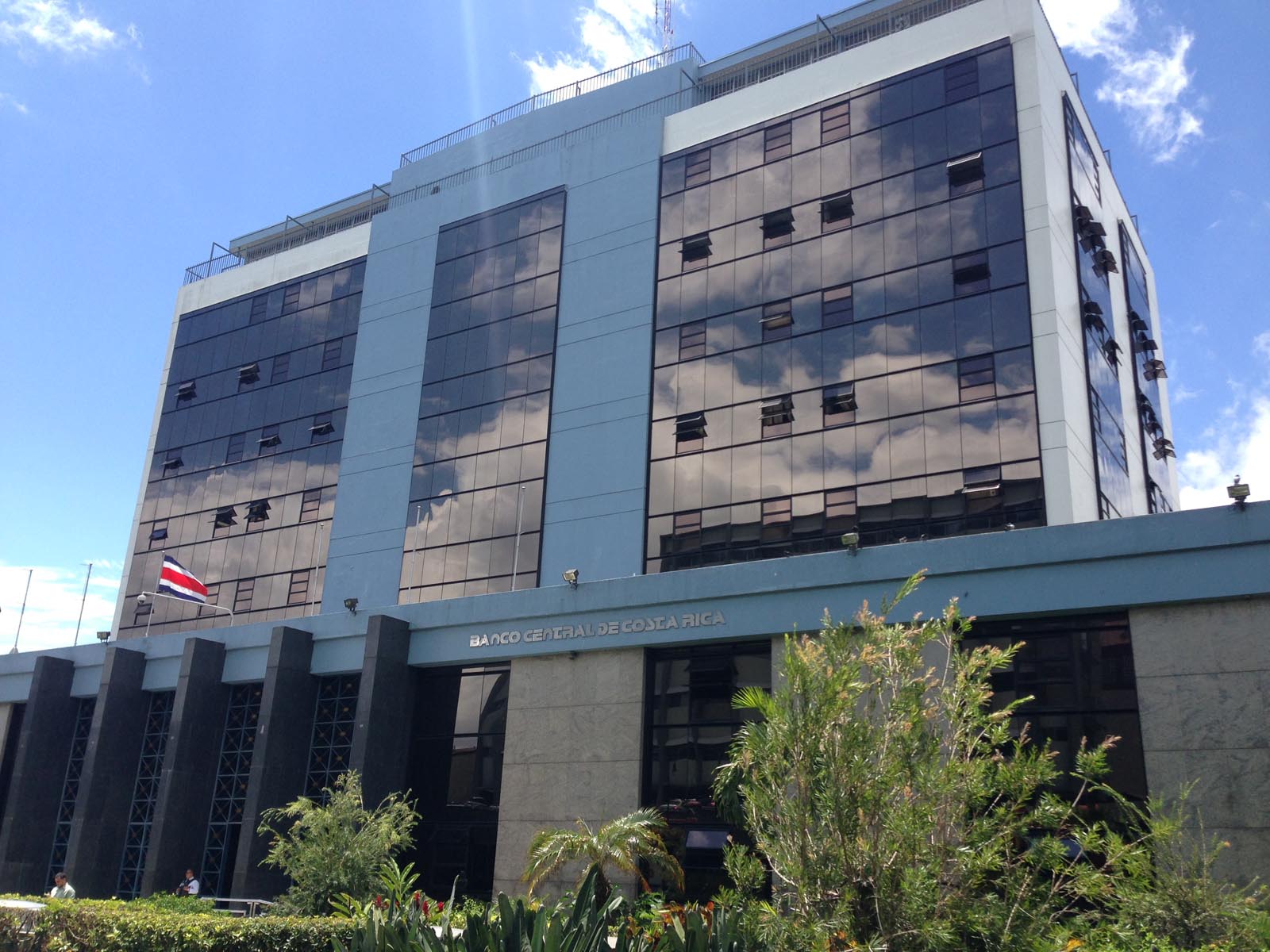
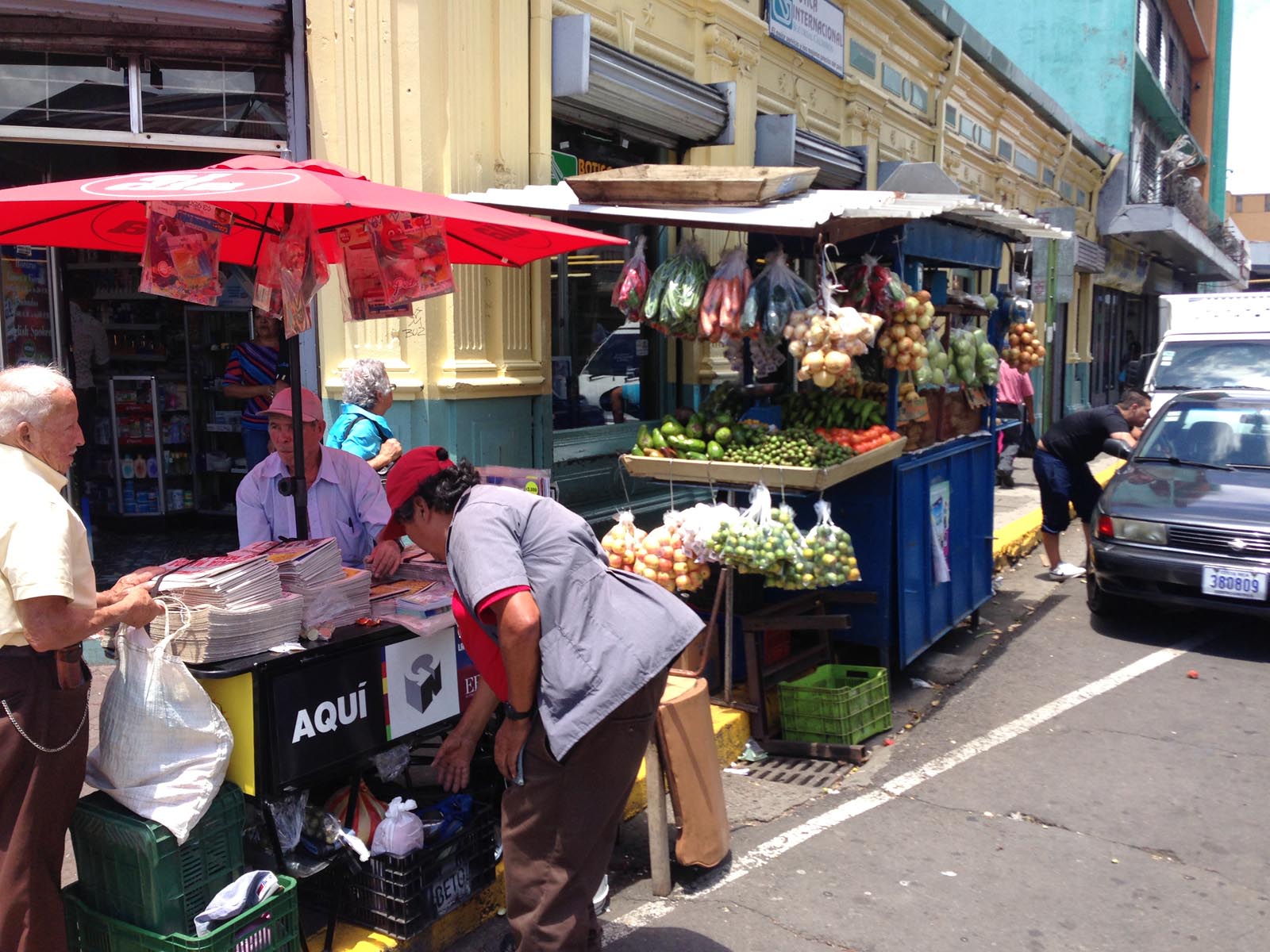

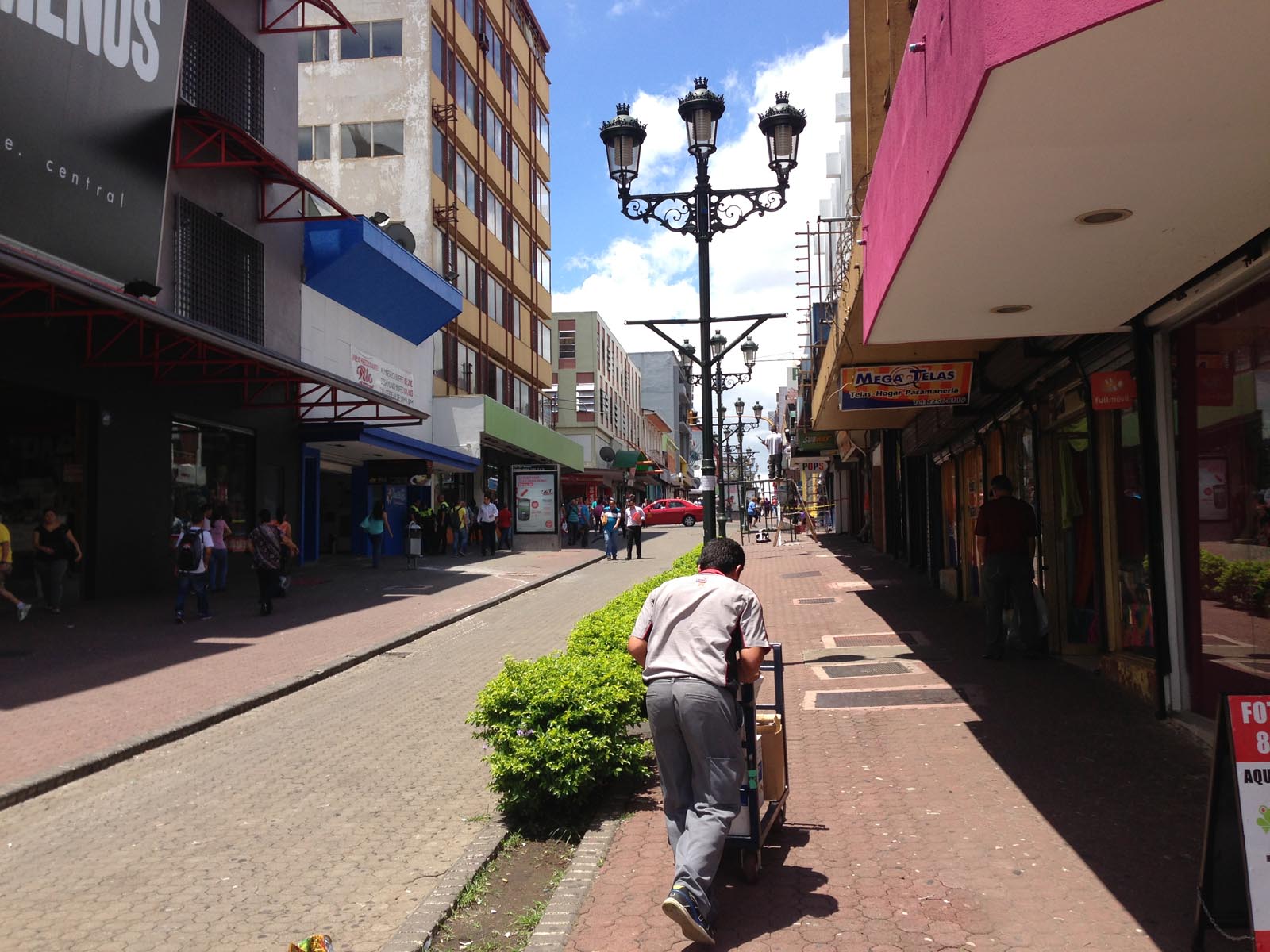
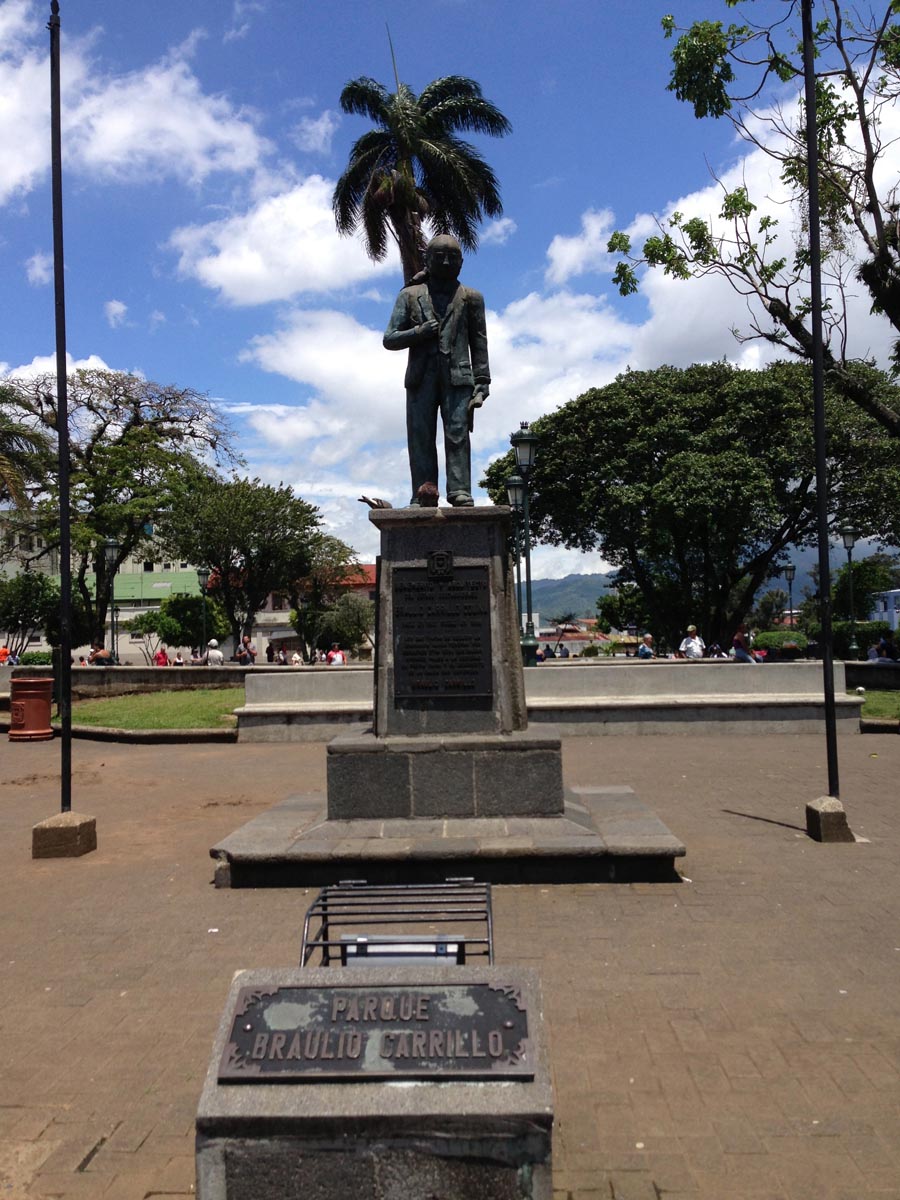


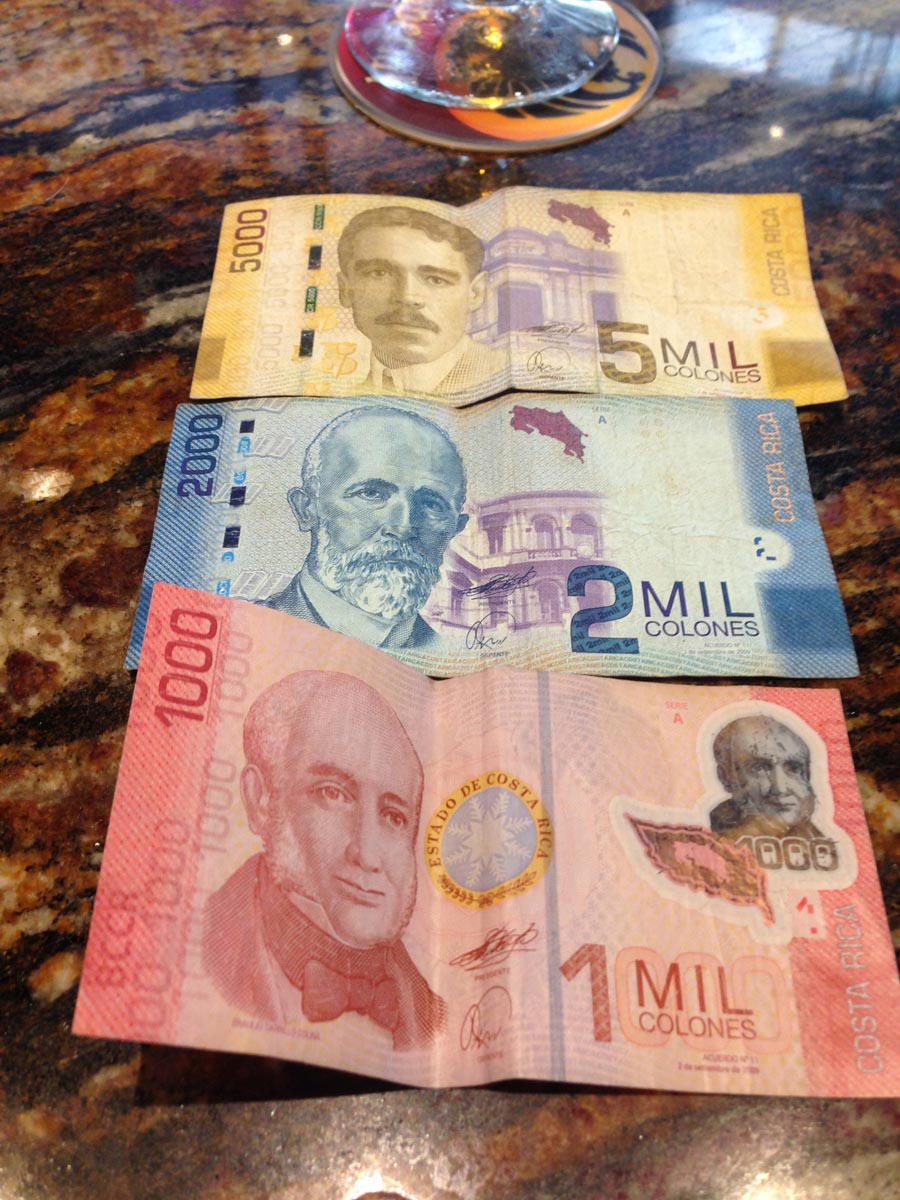
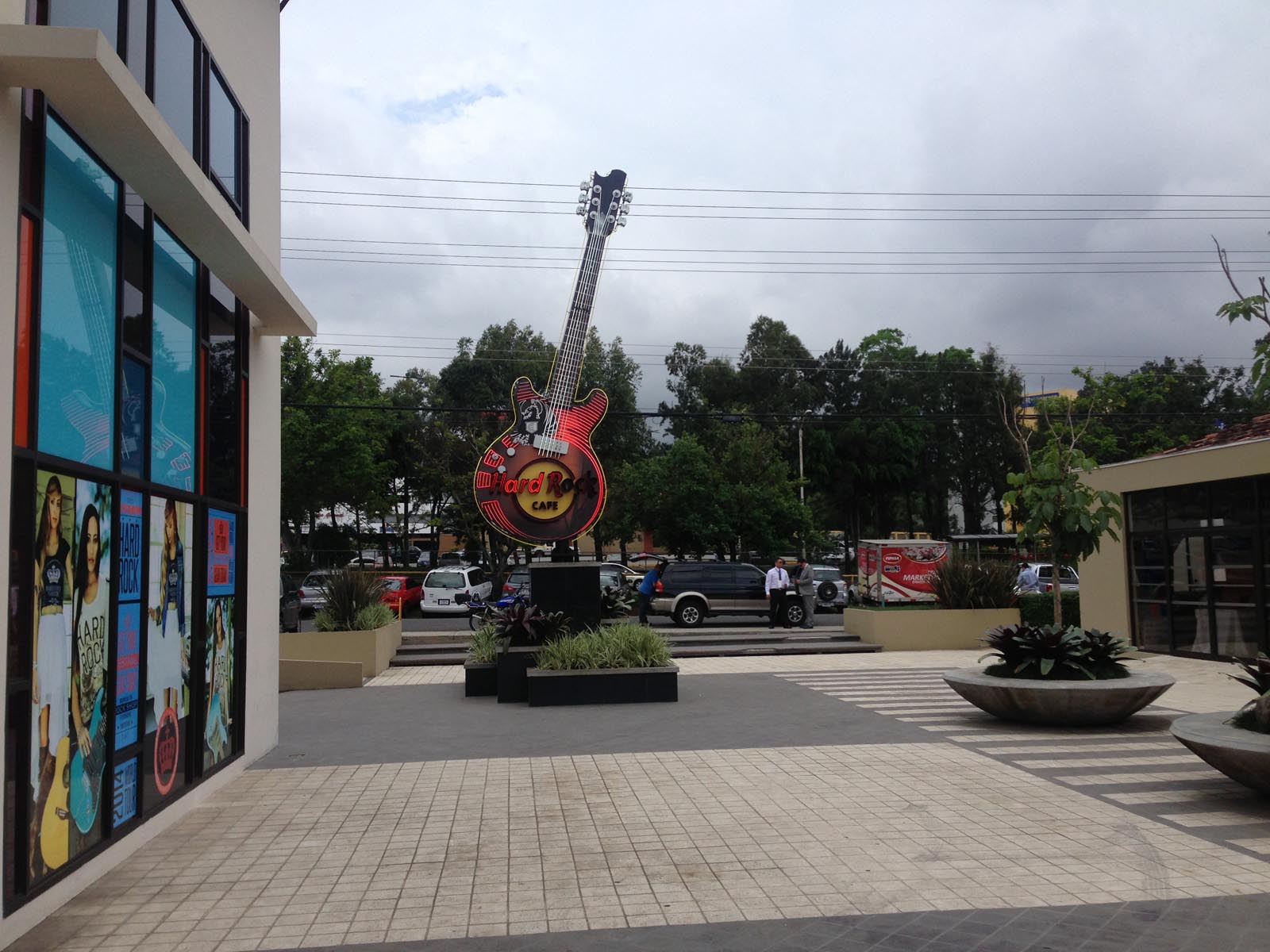
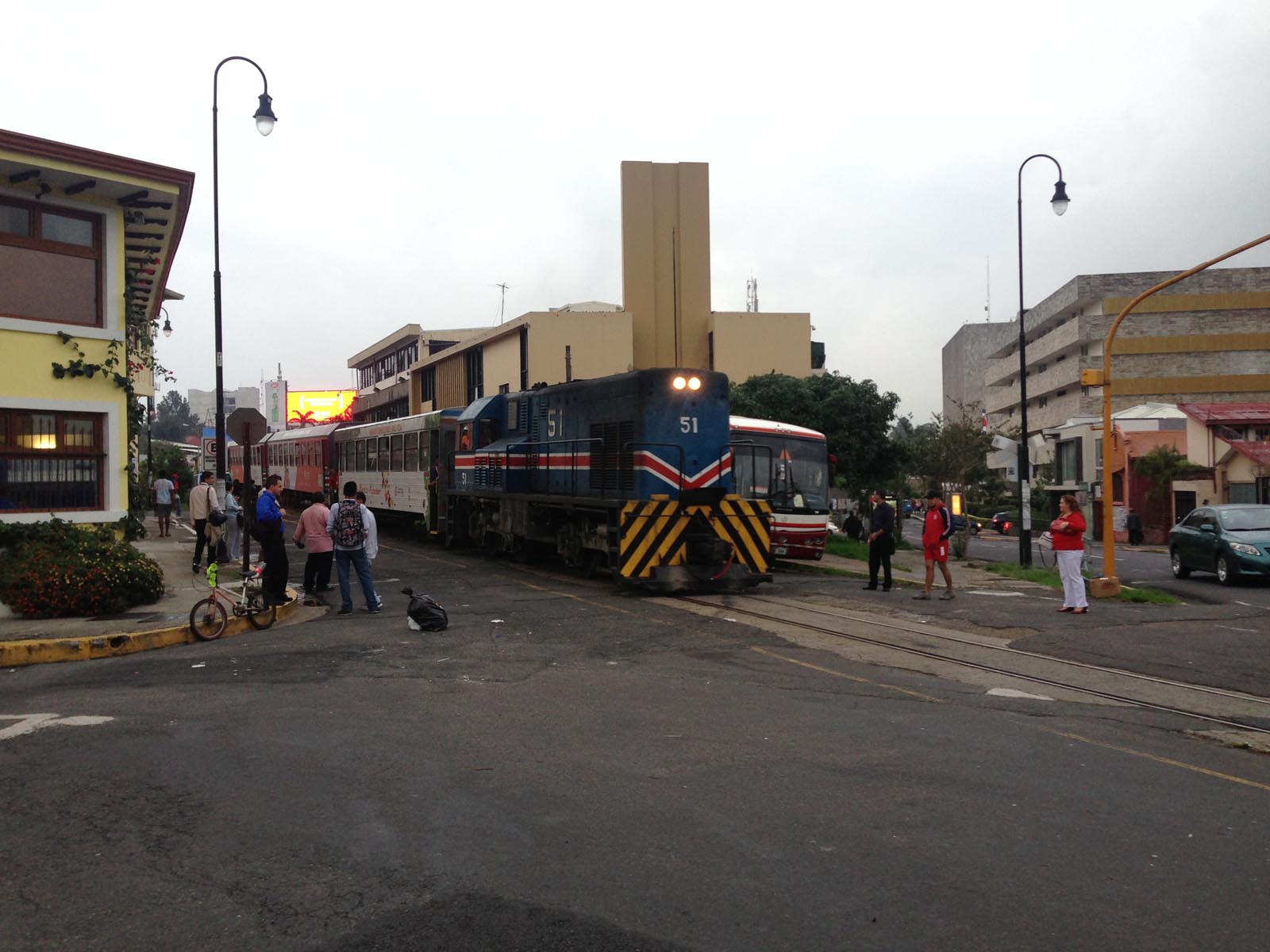
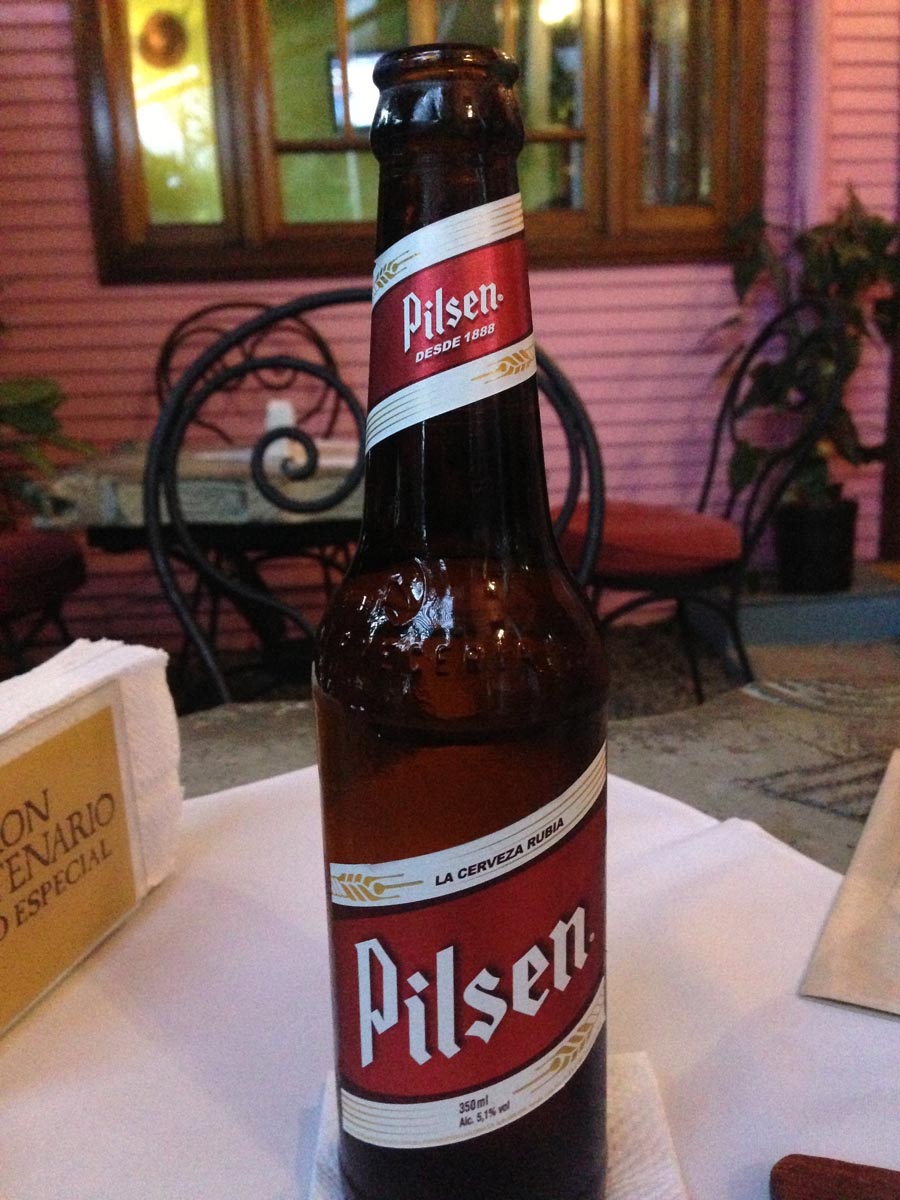
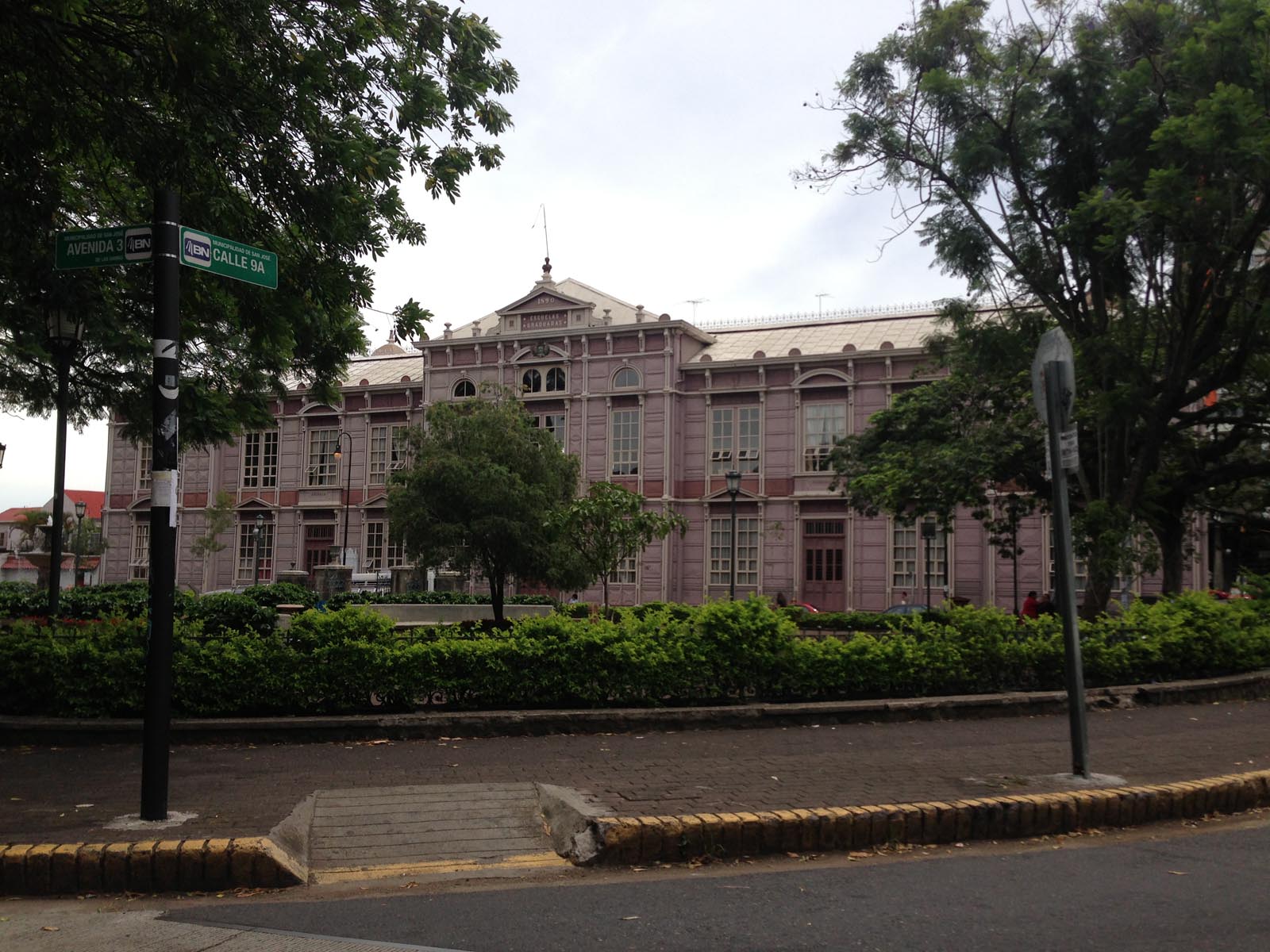
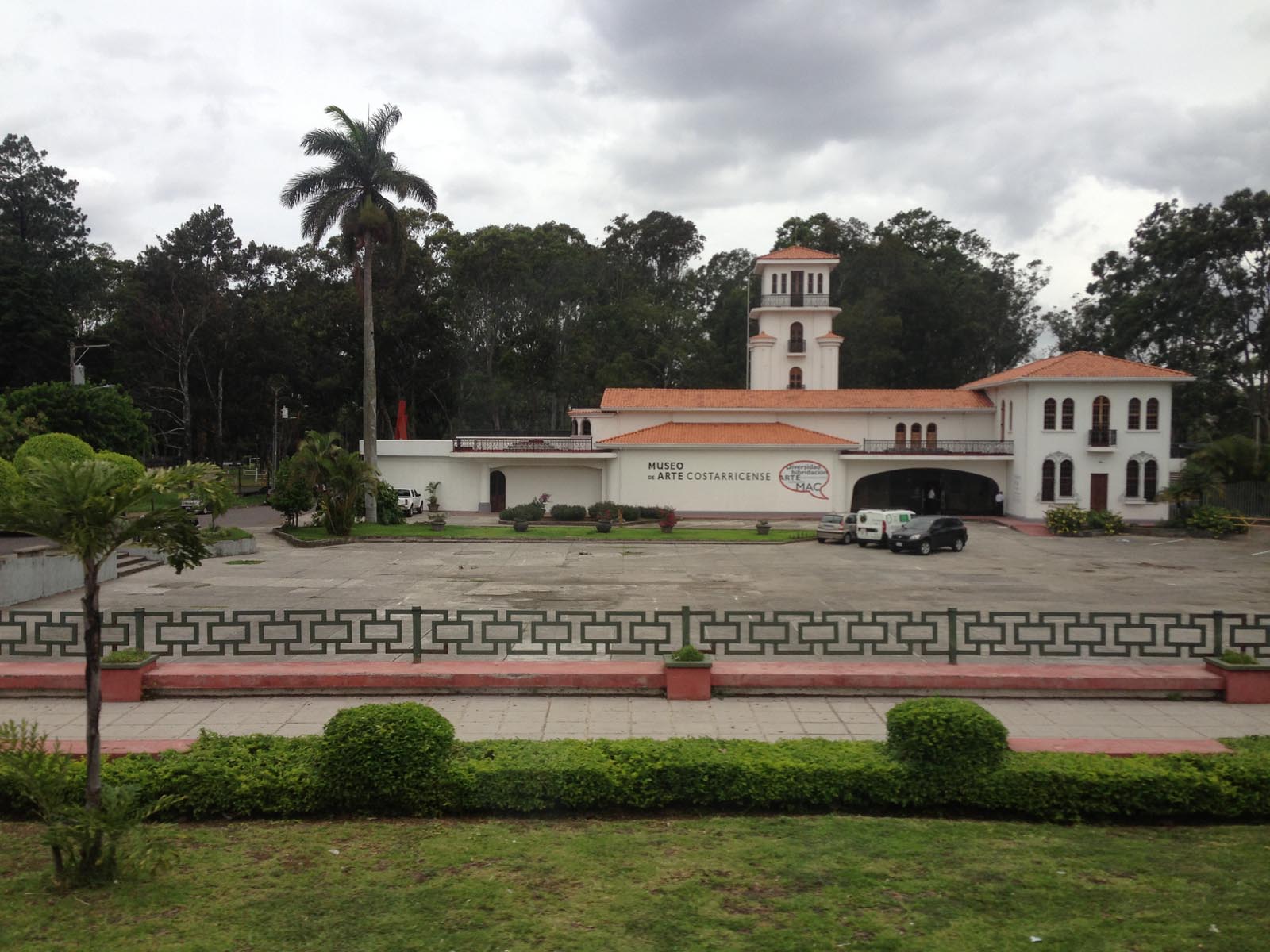
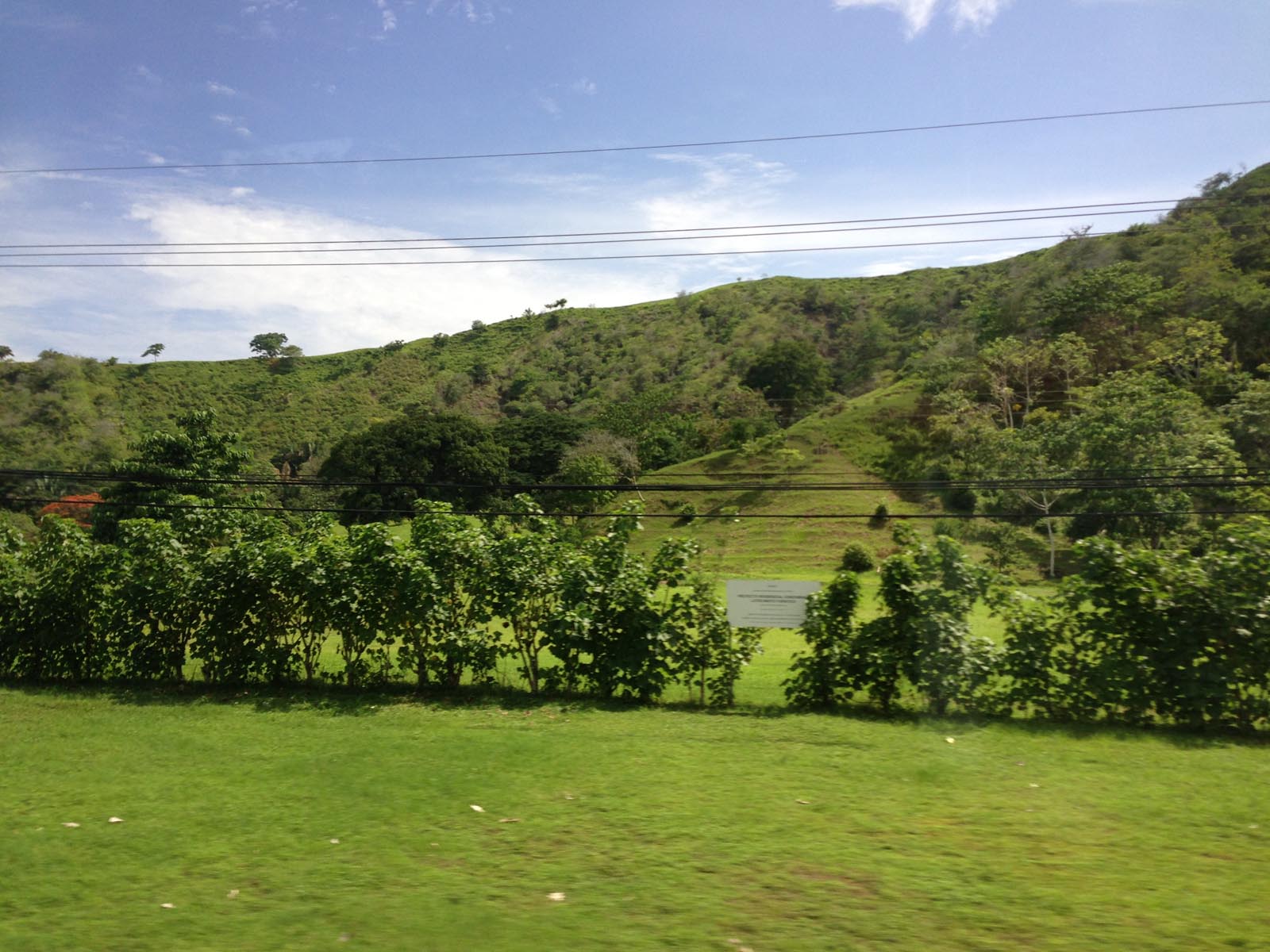
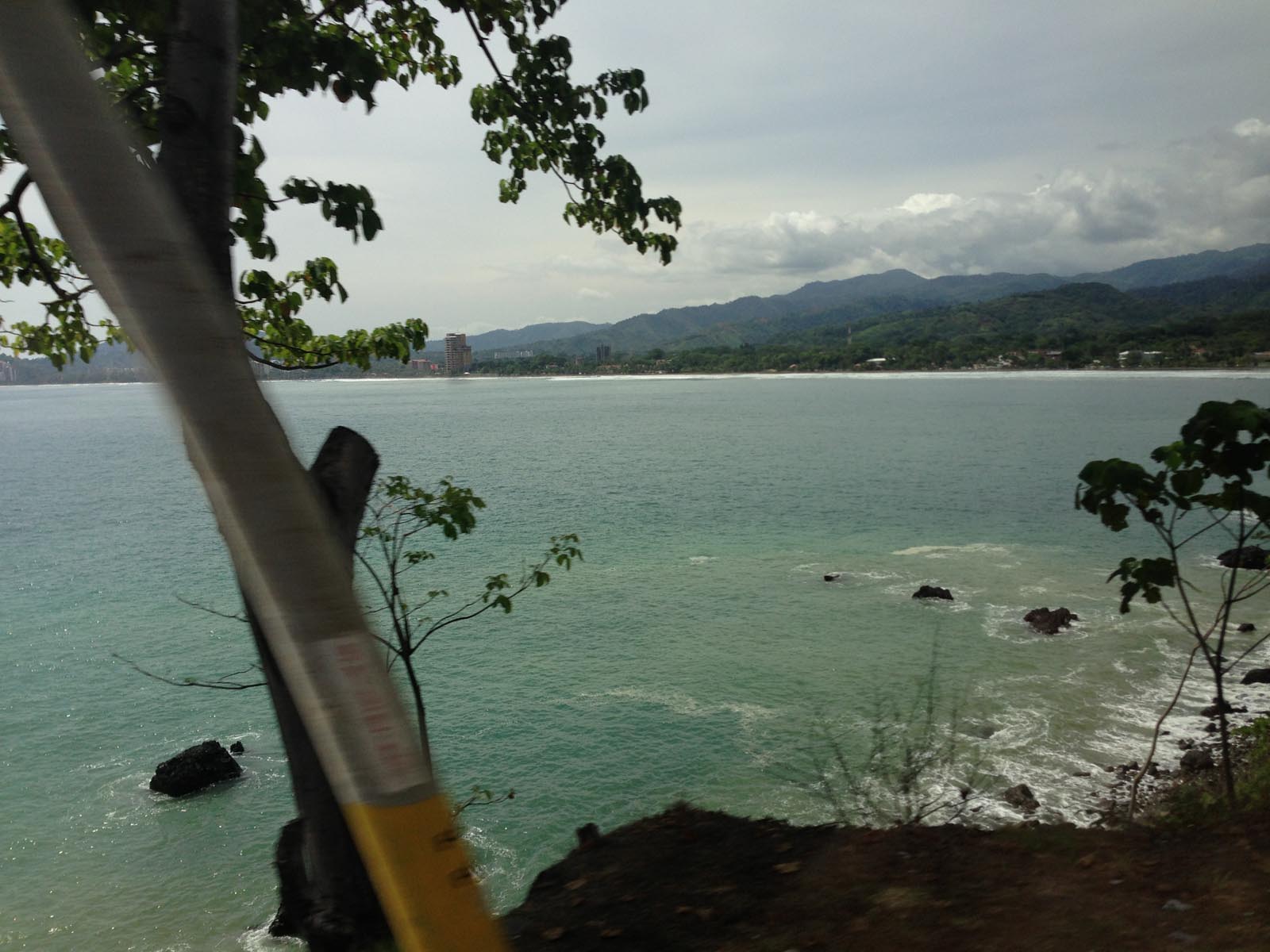
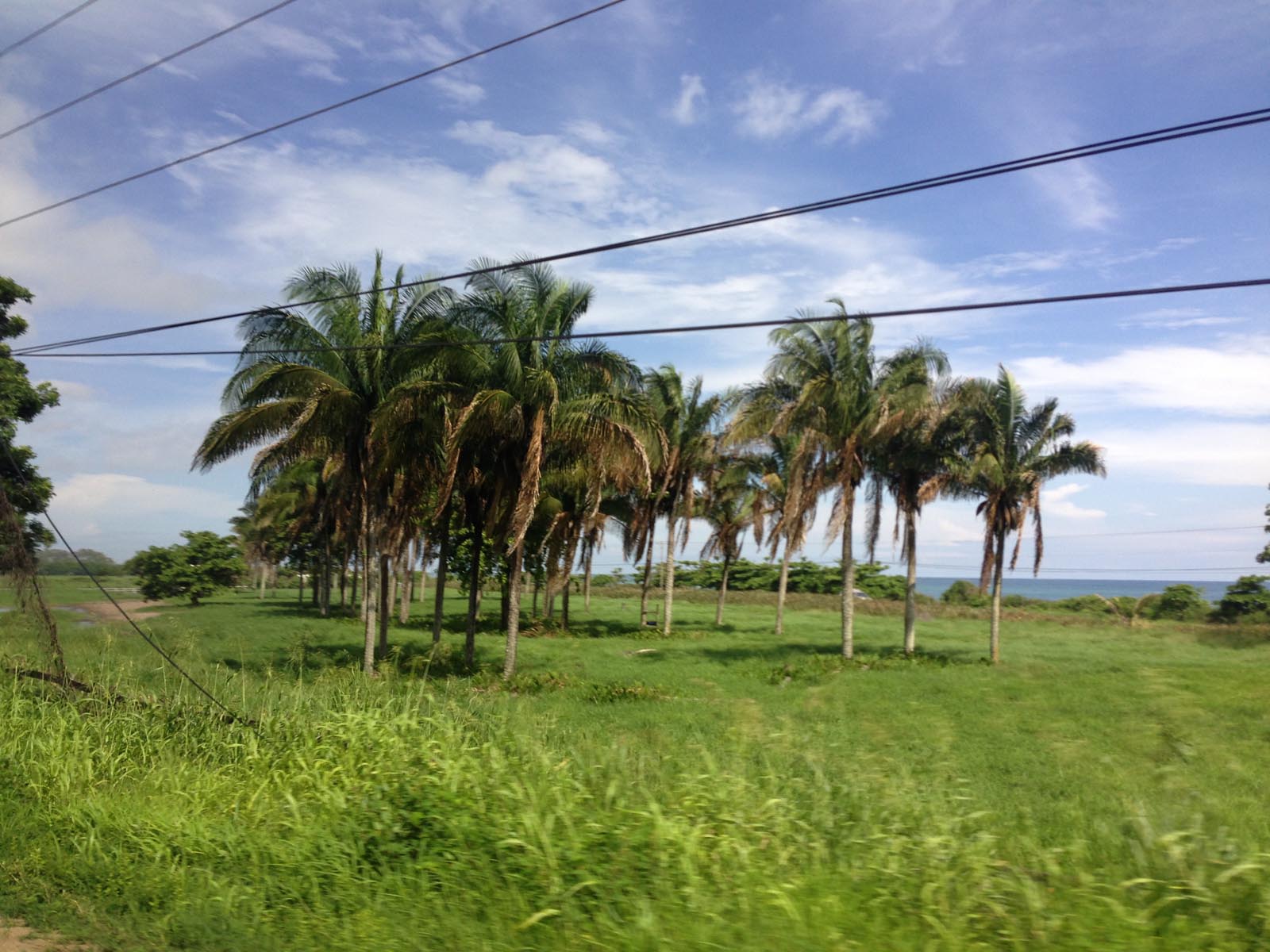
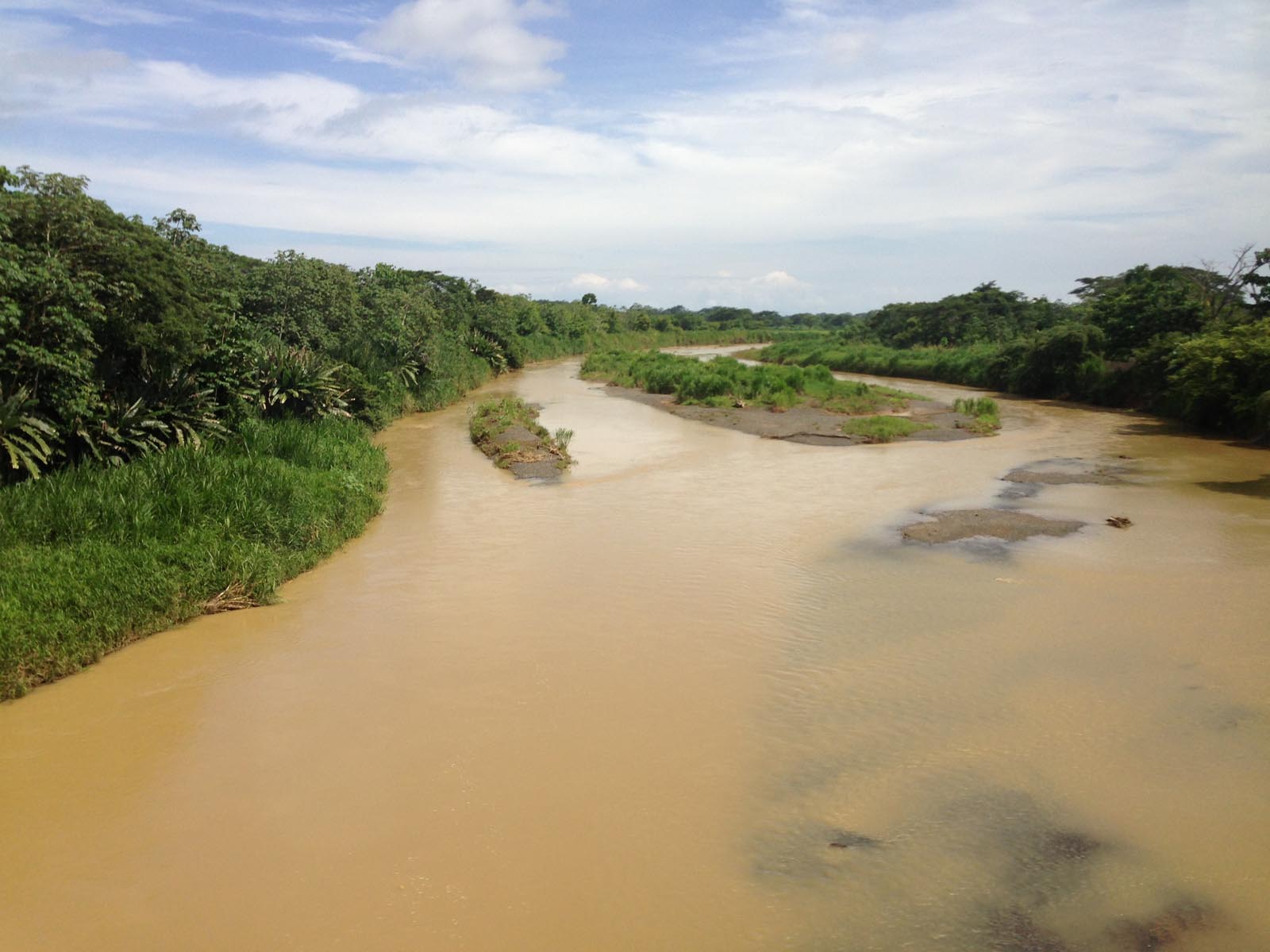
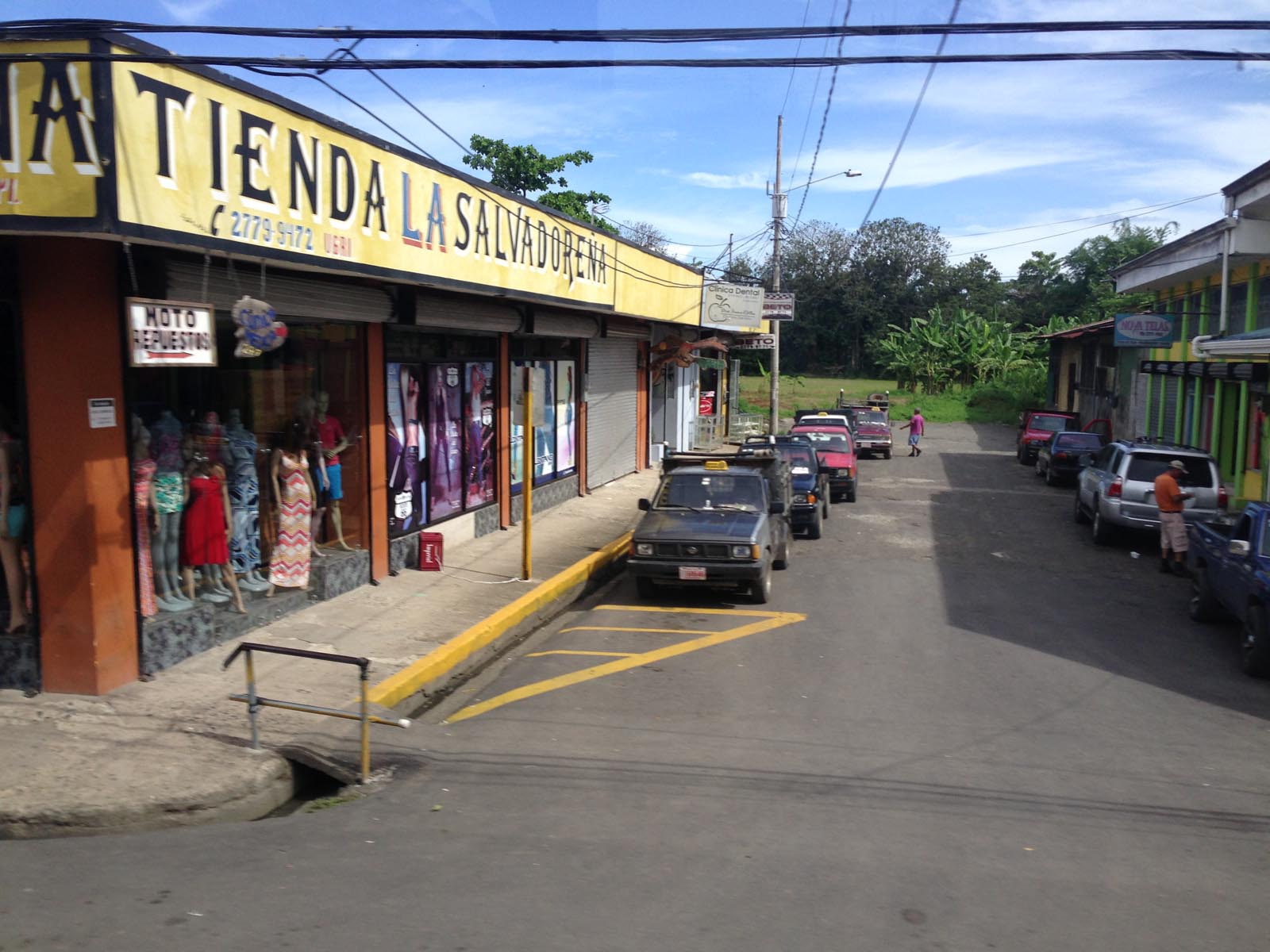
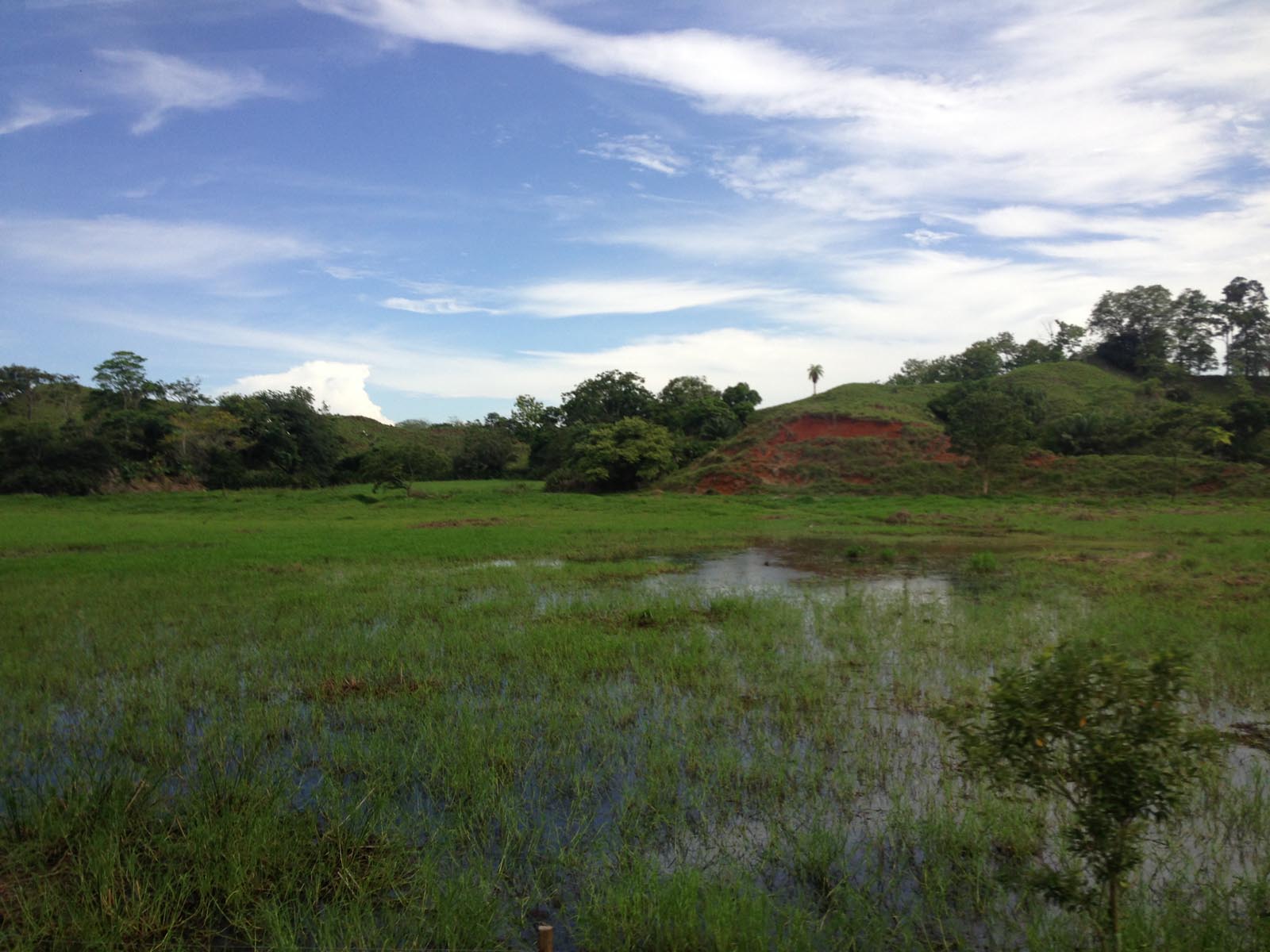
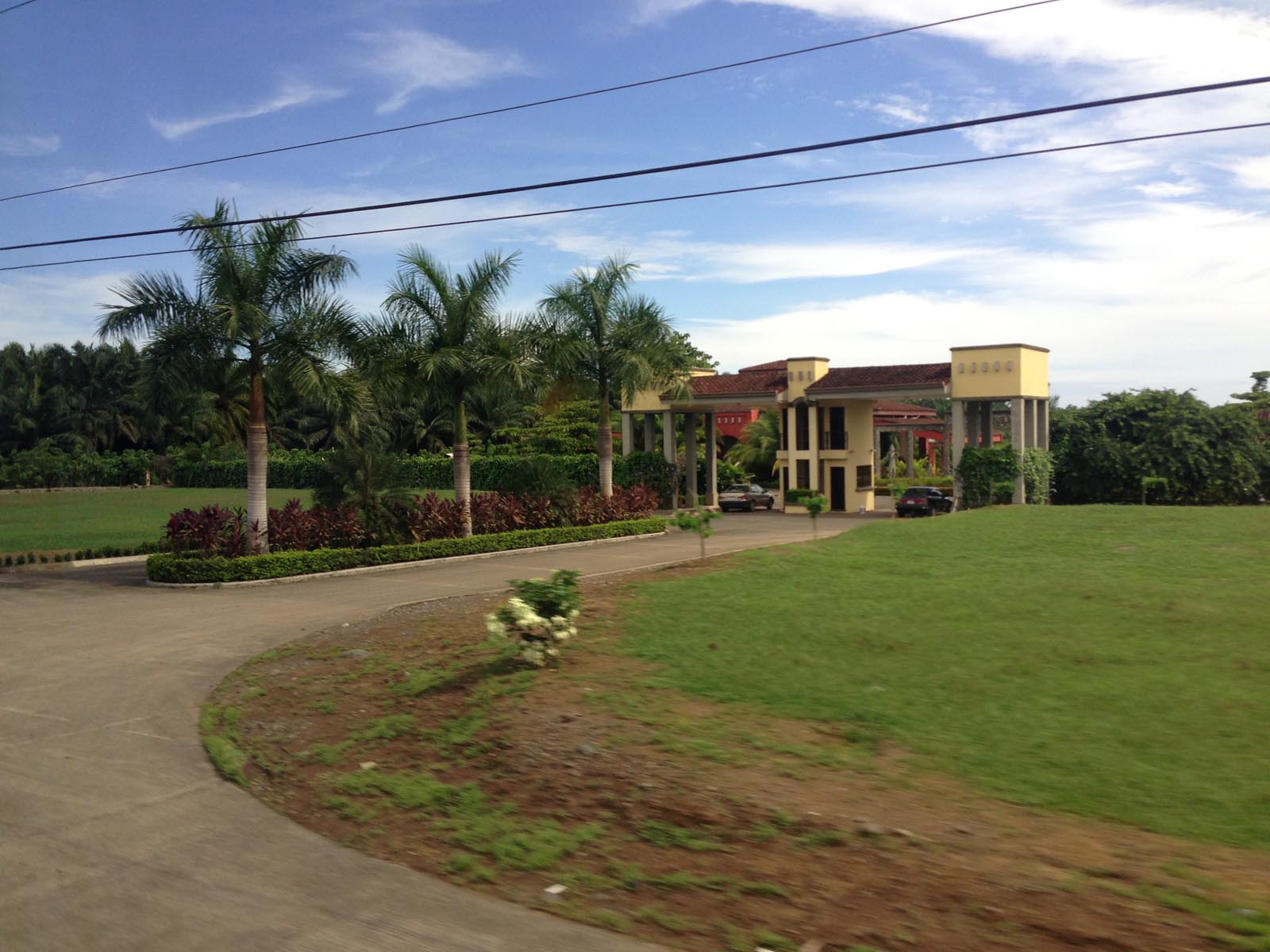
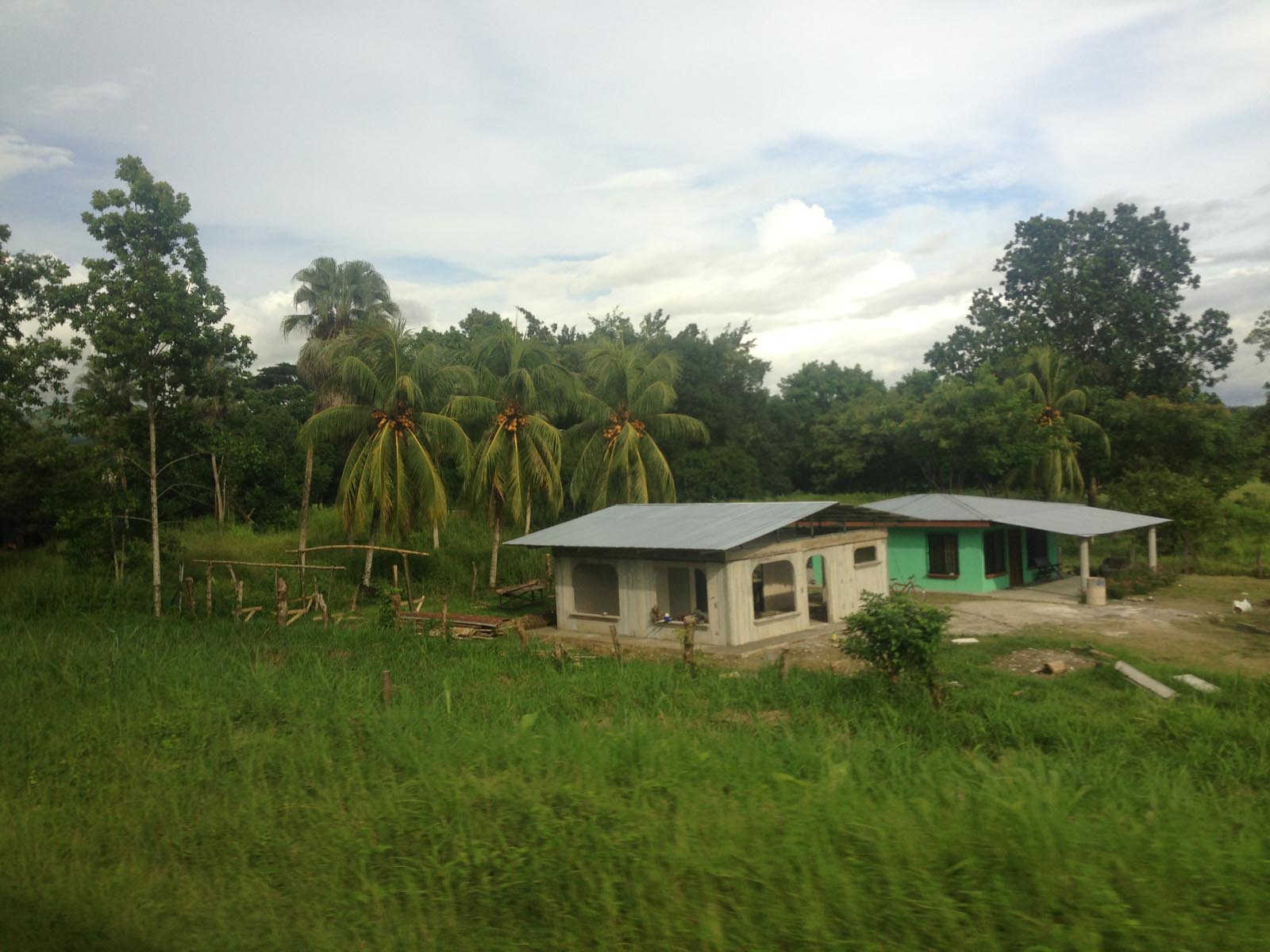
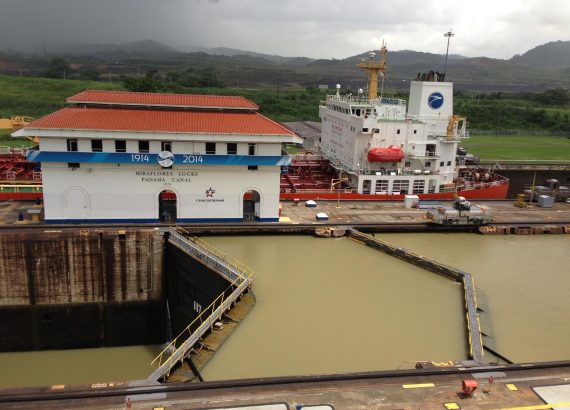
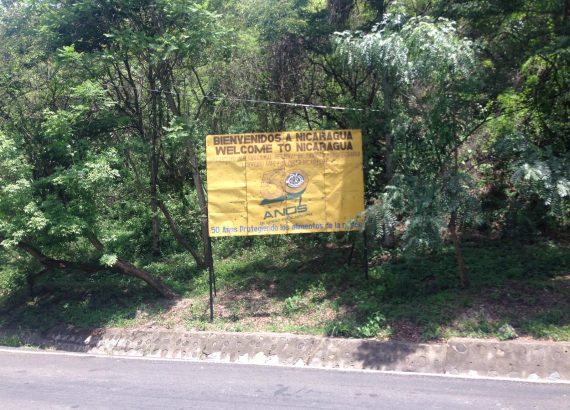
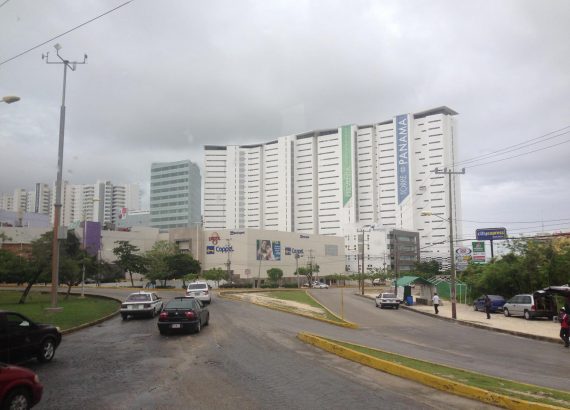
No Comments